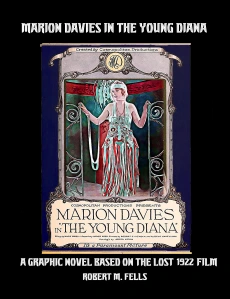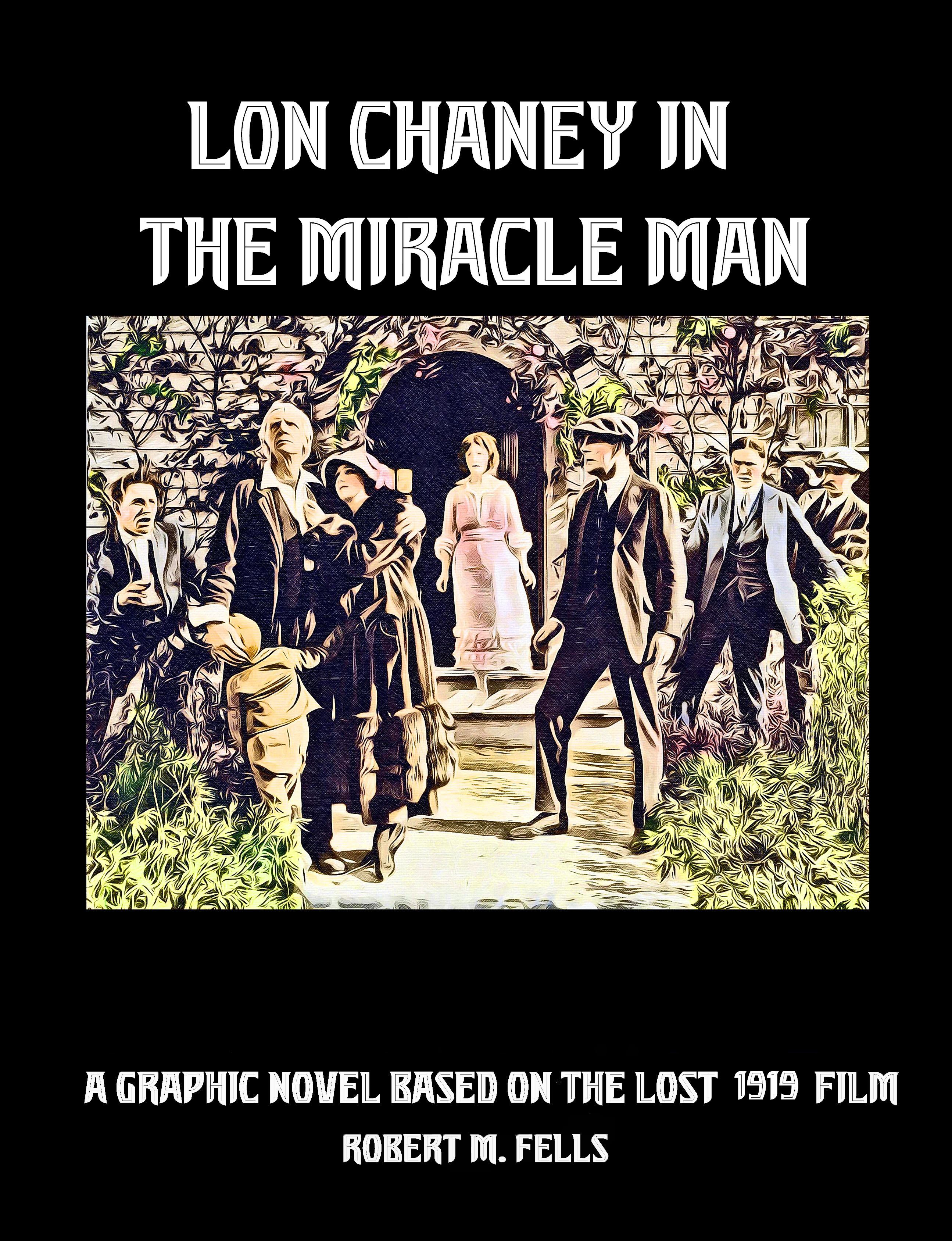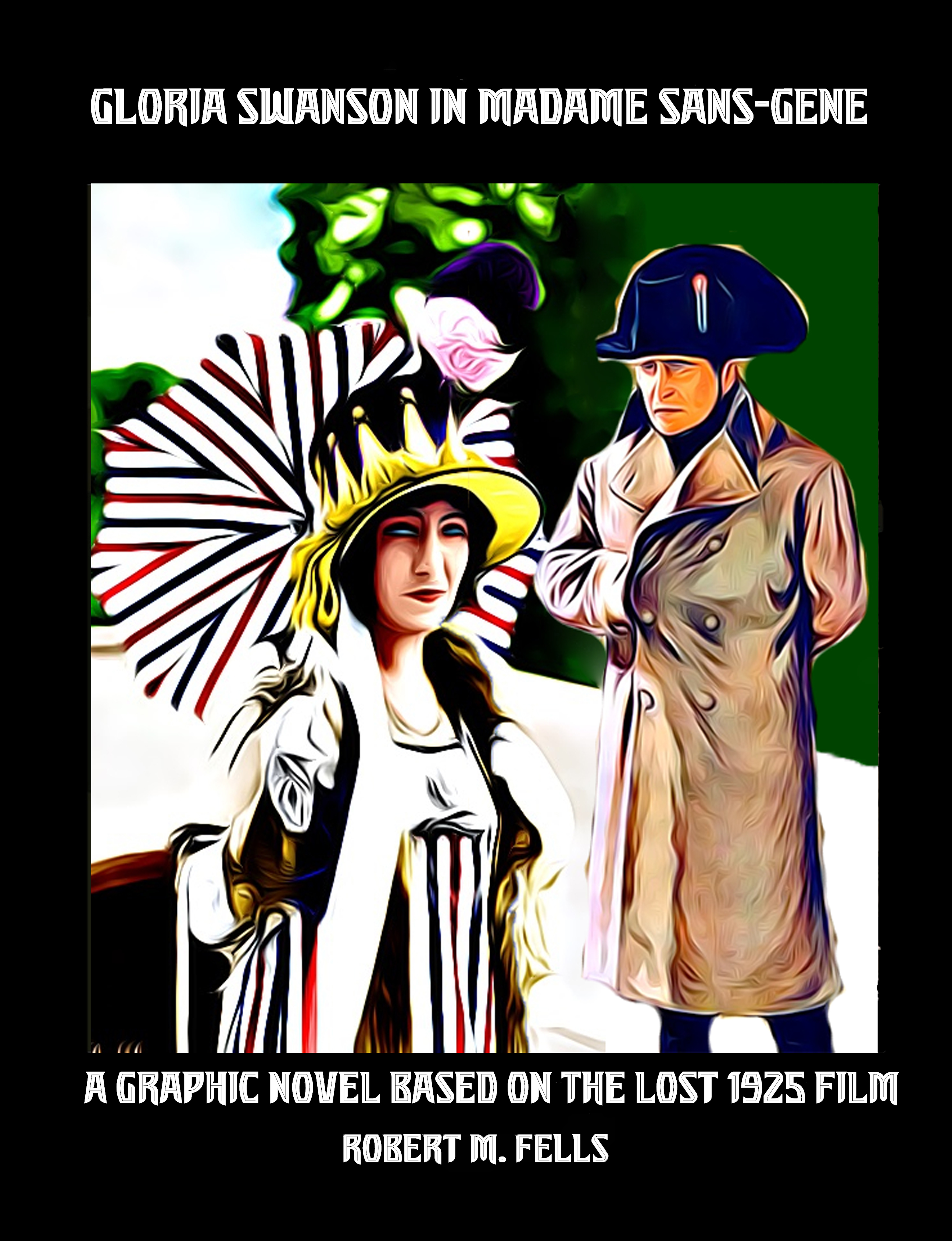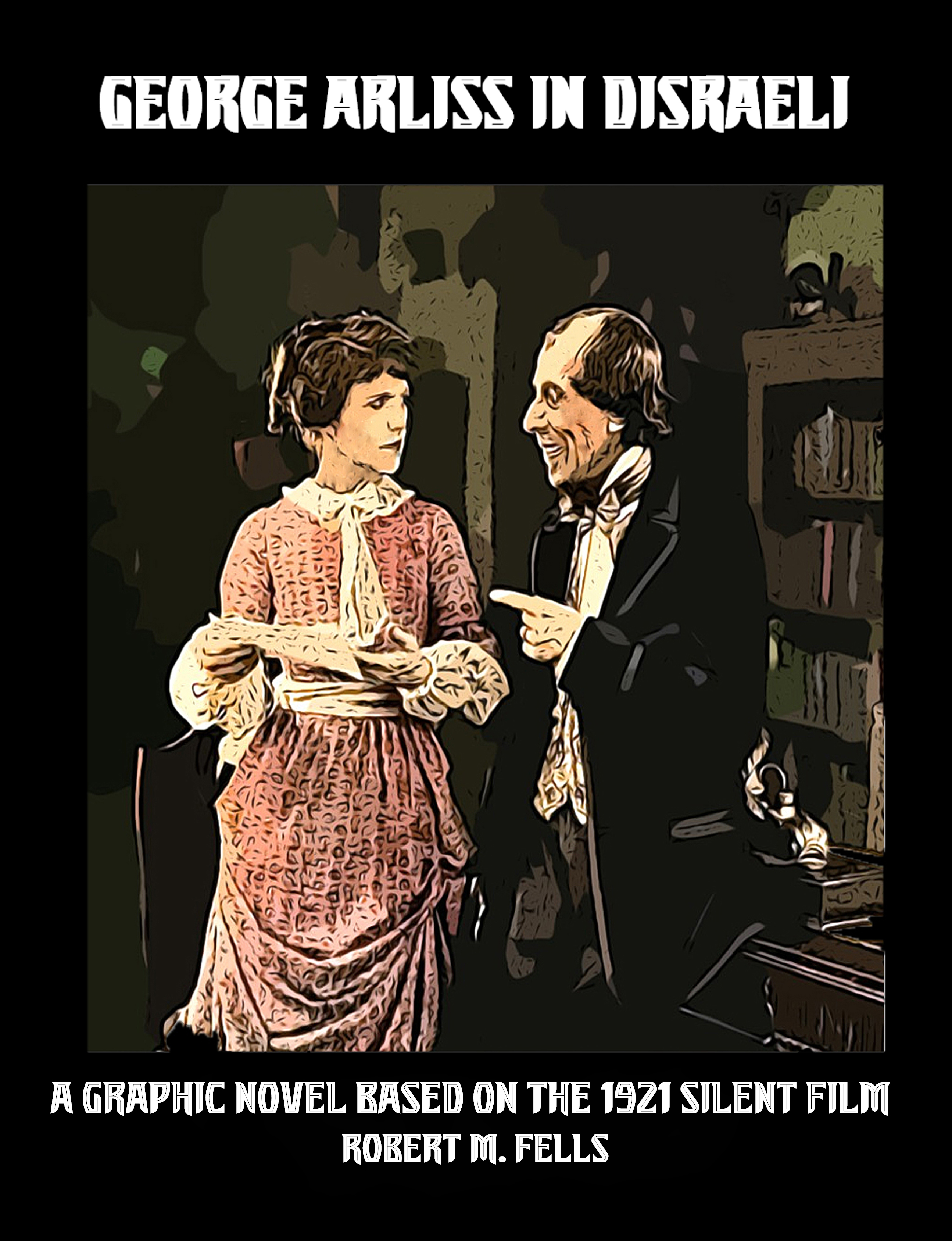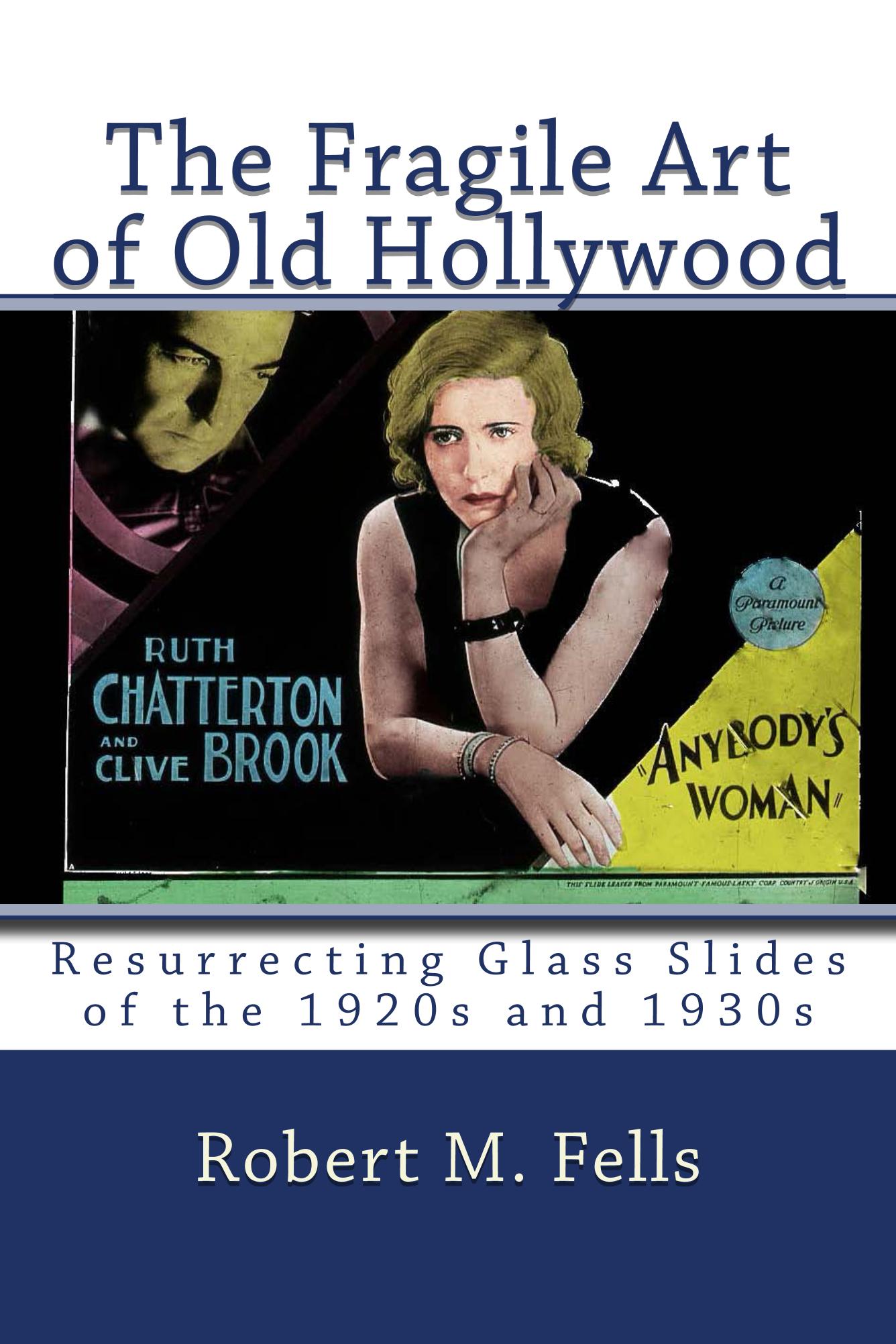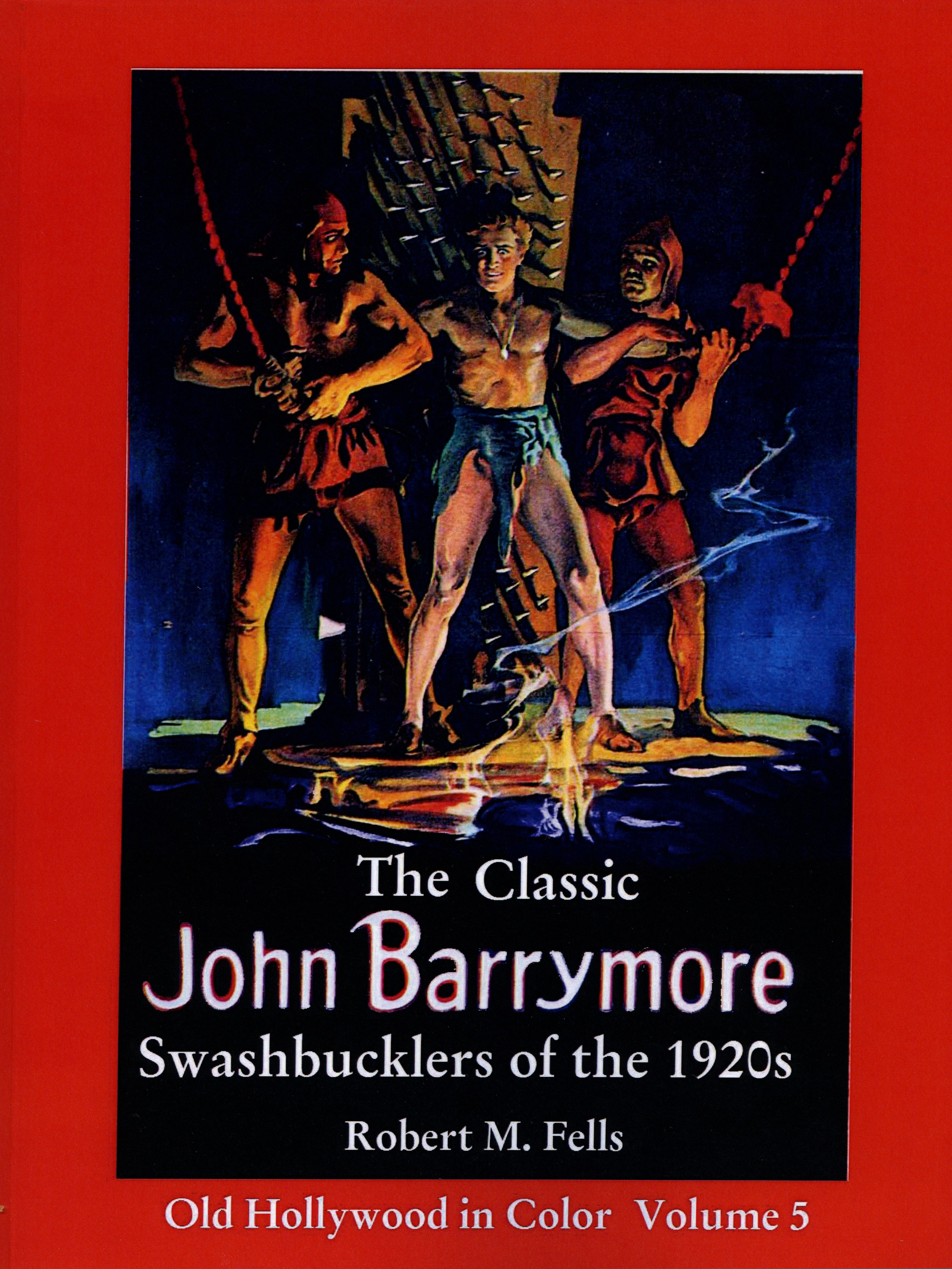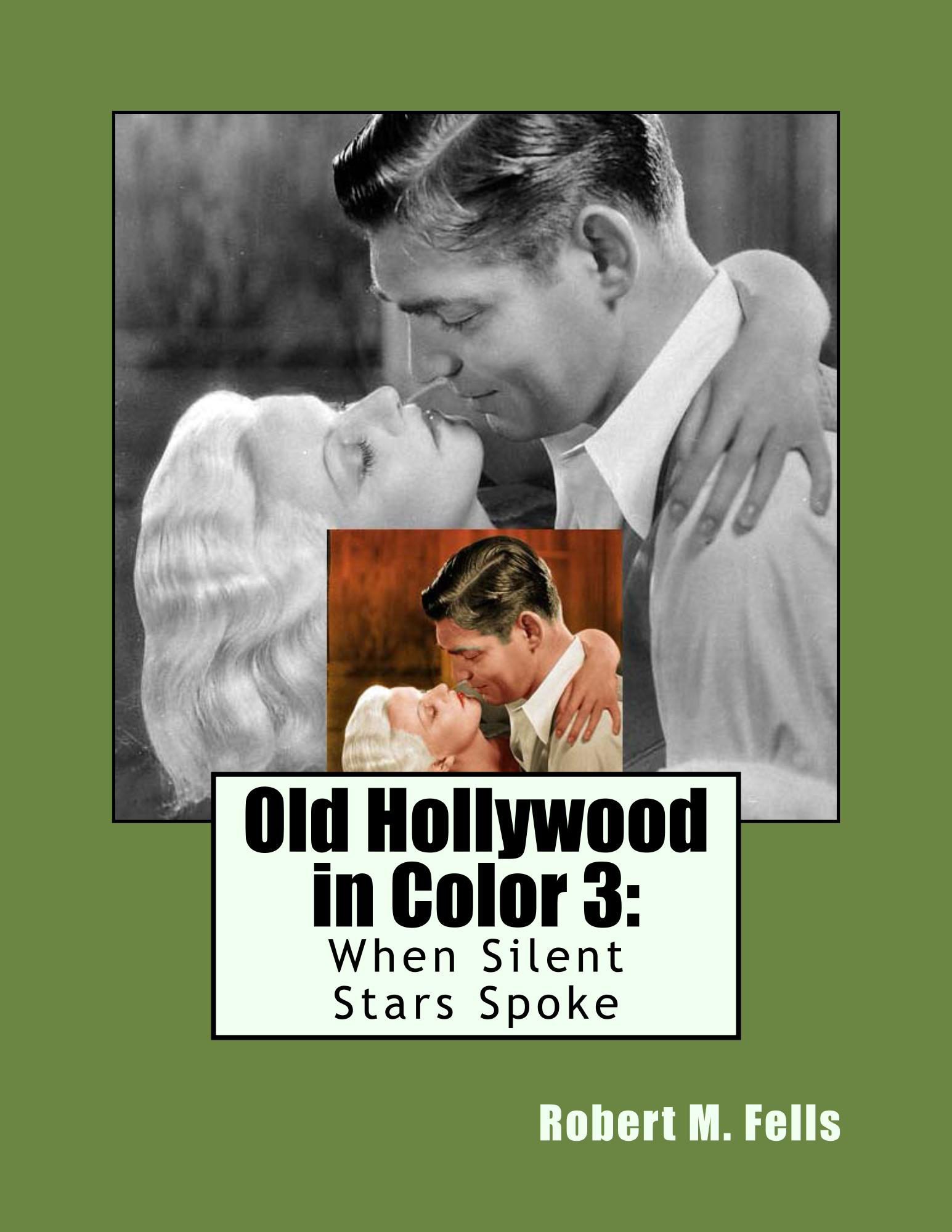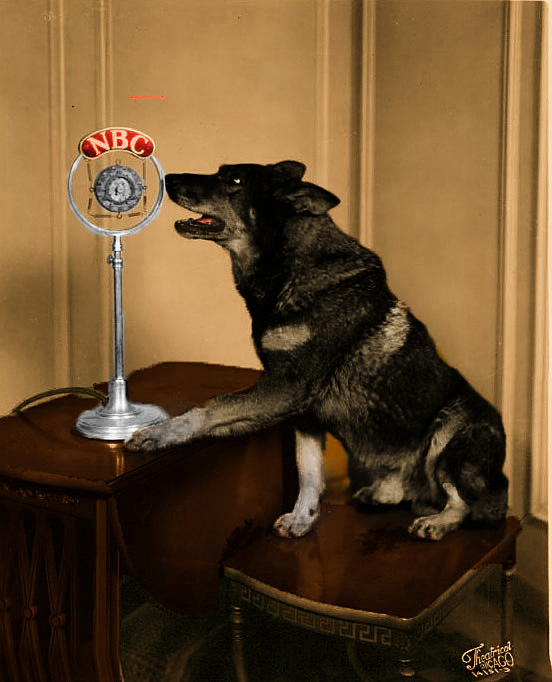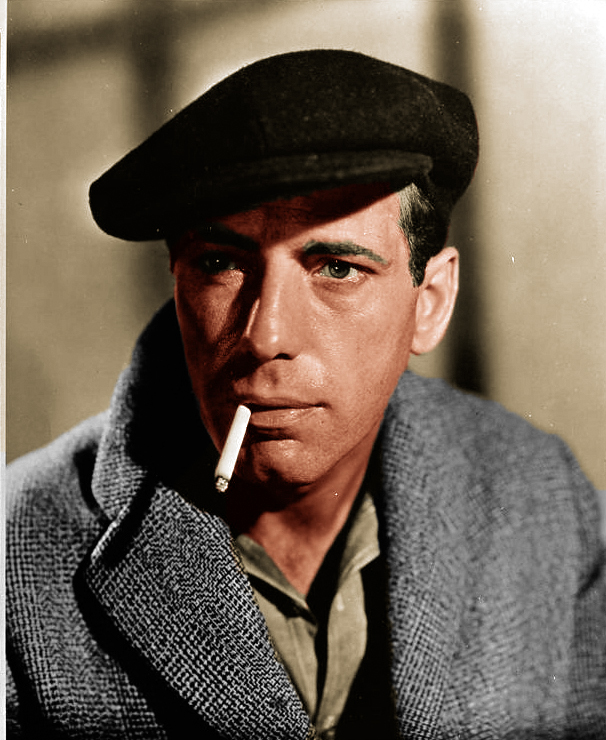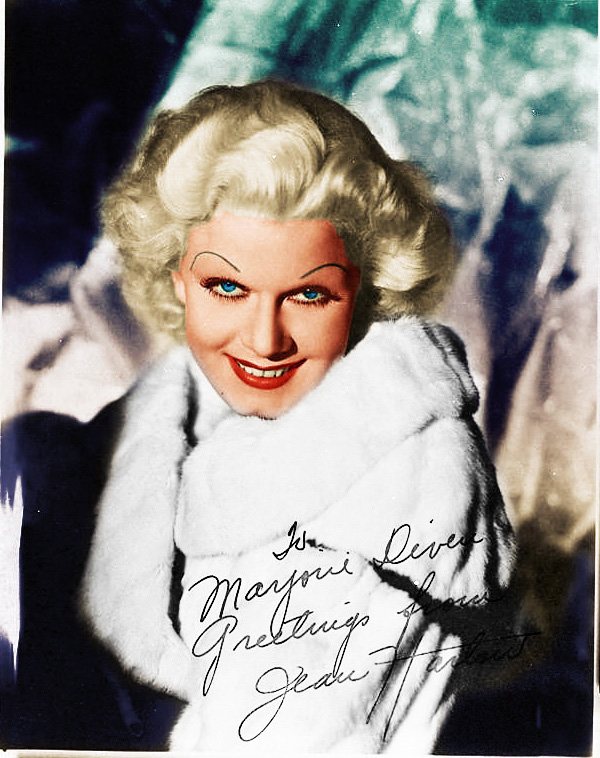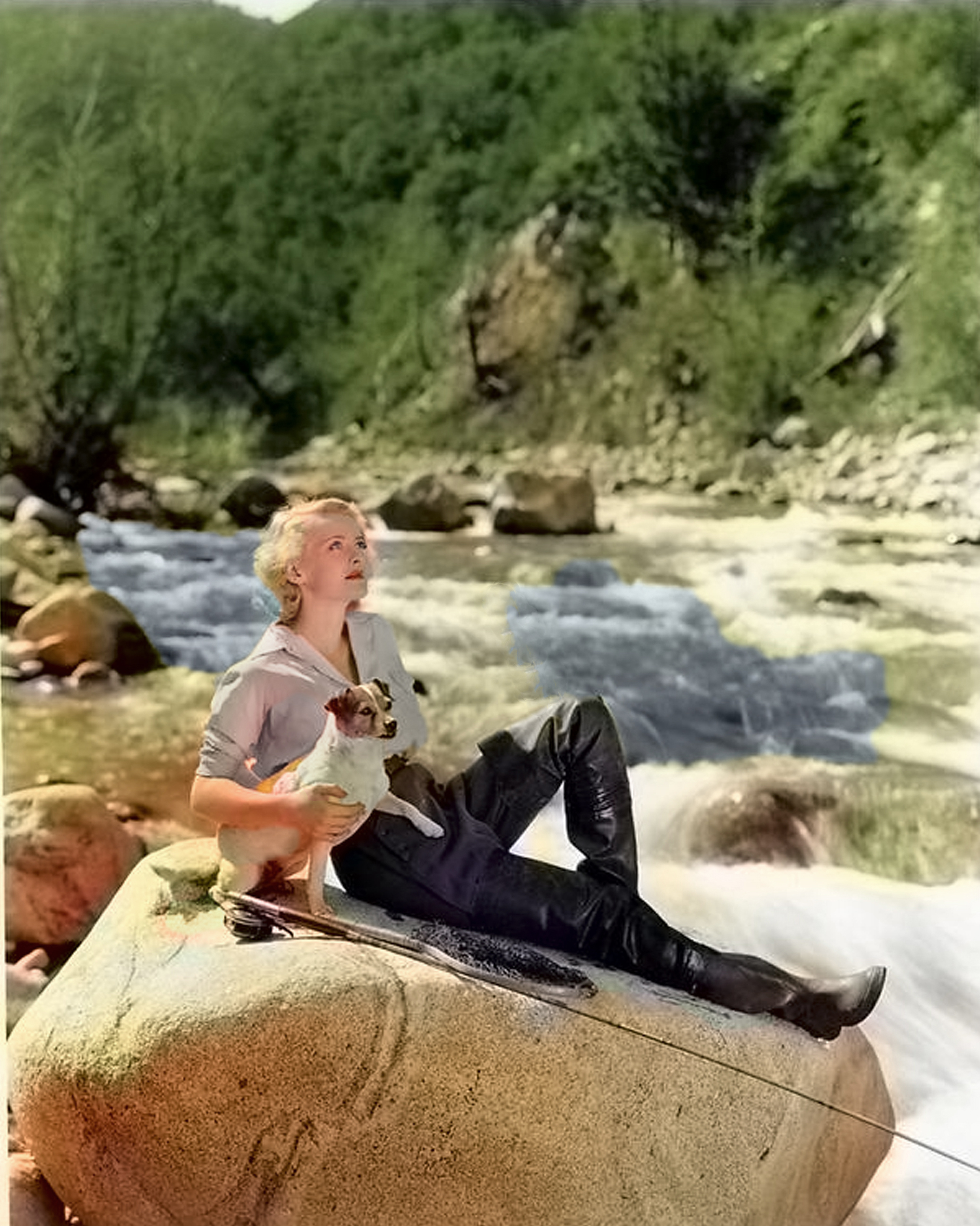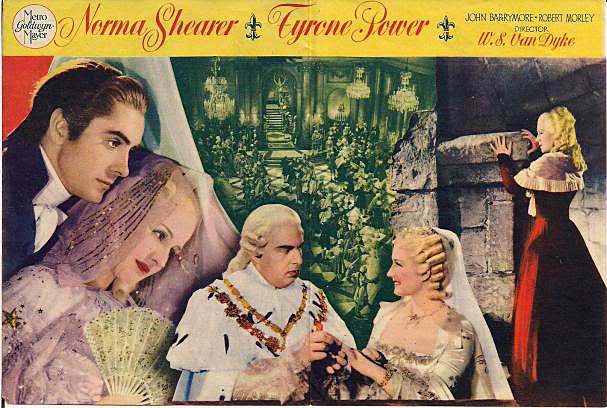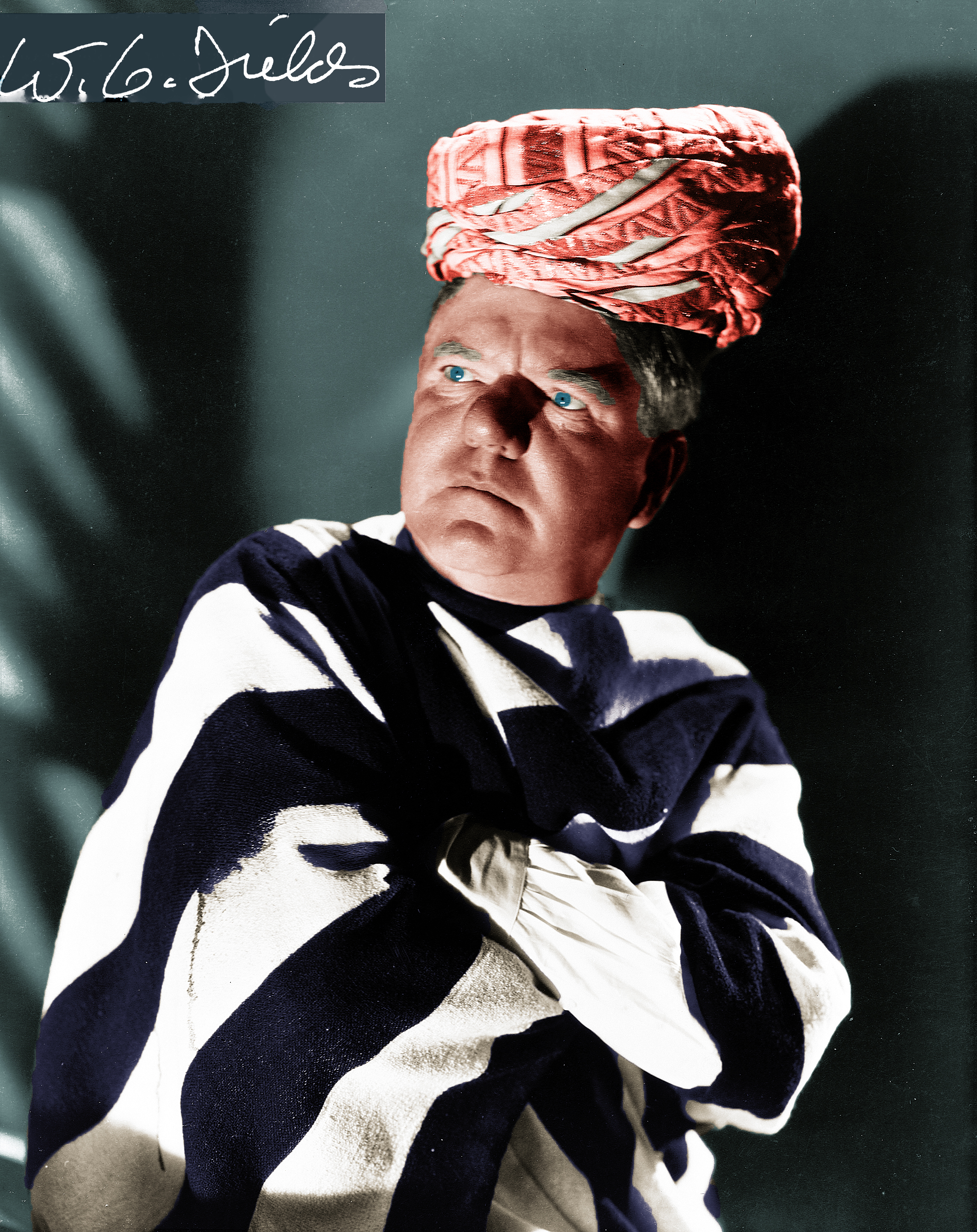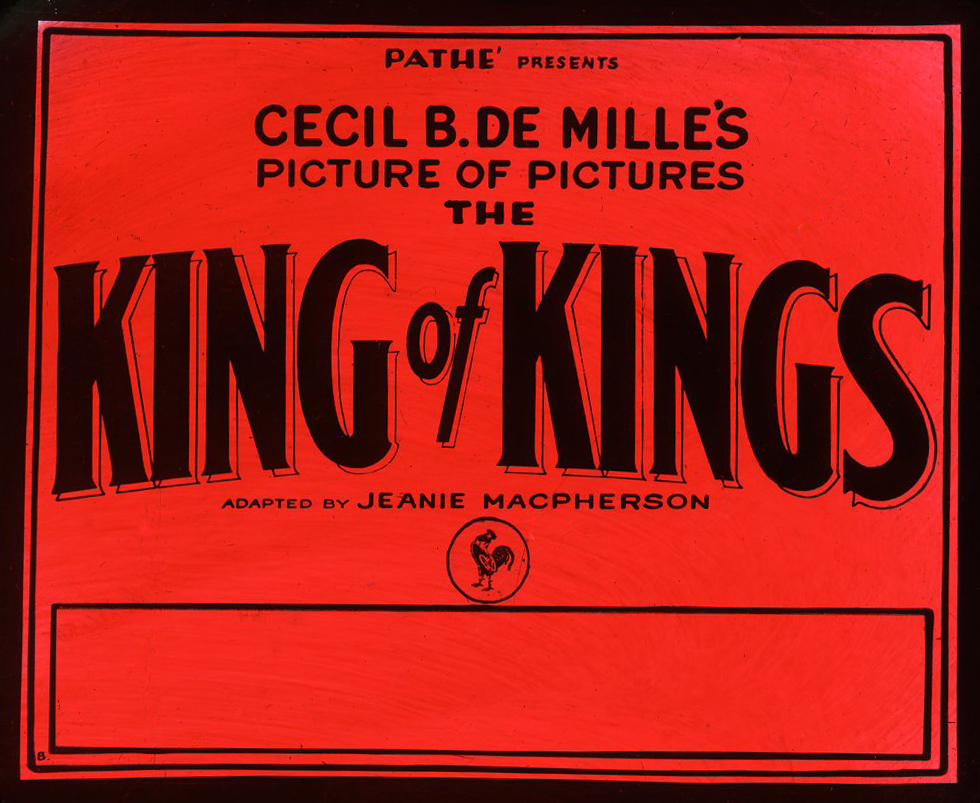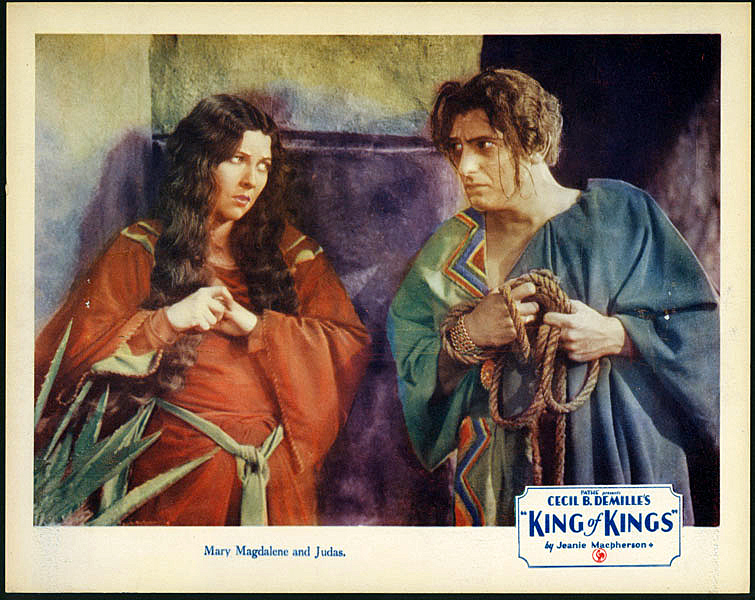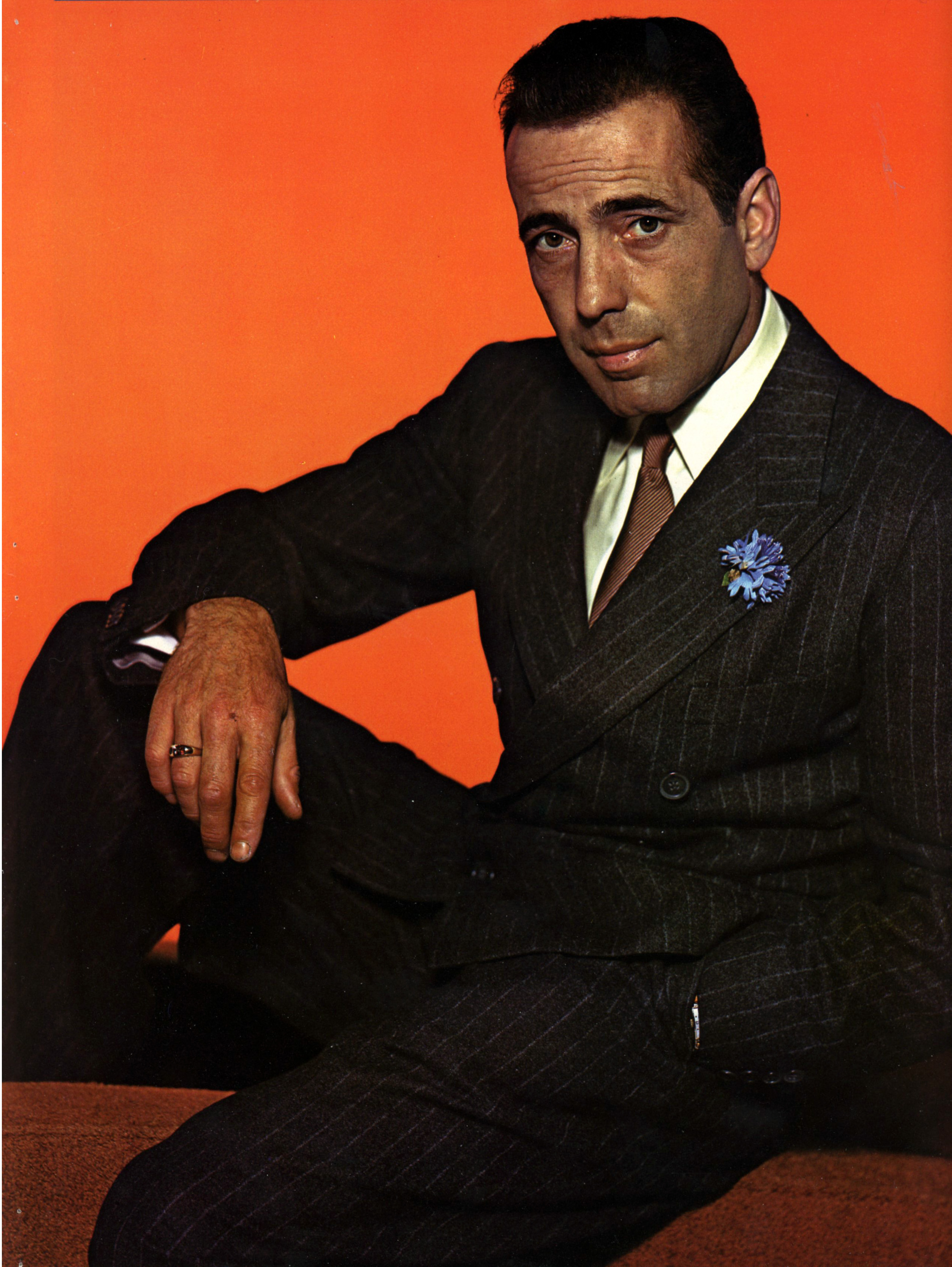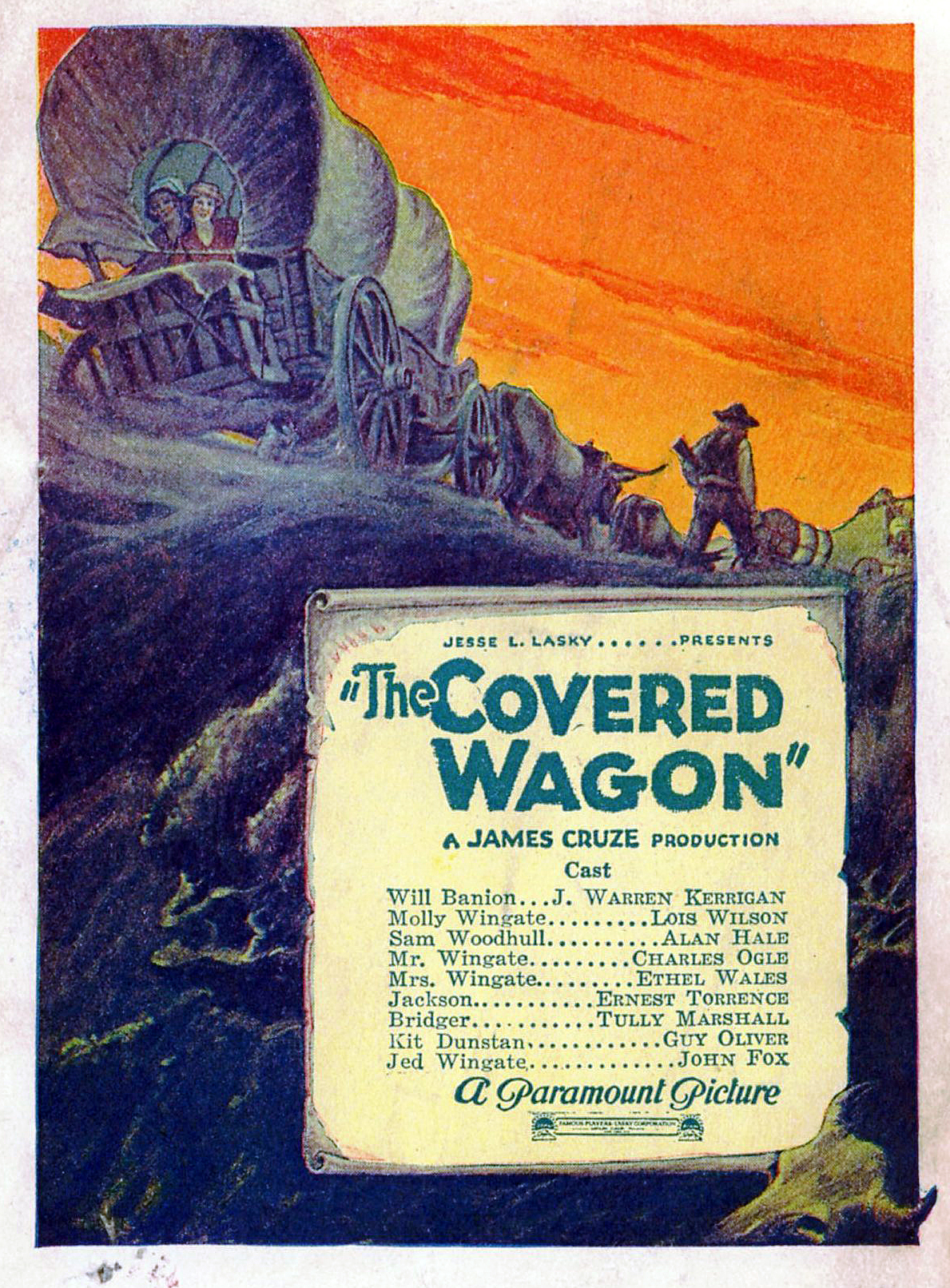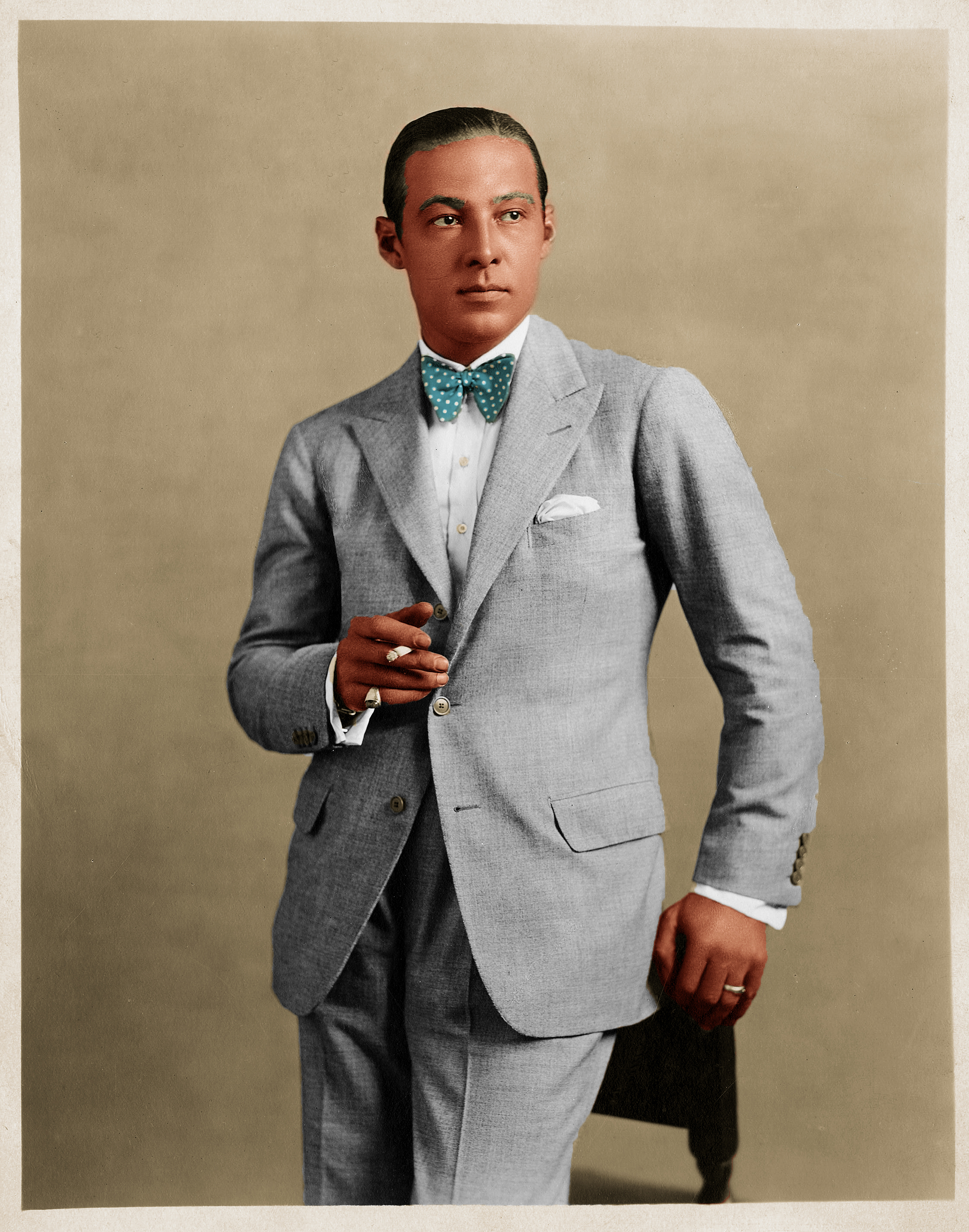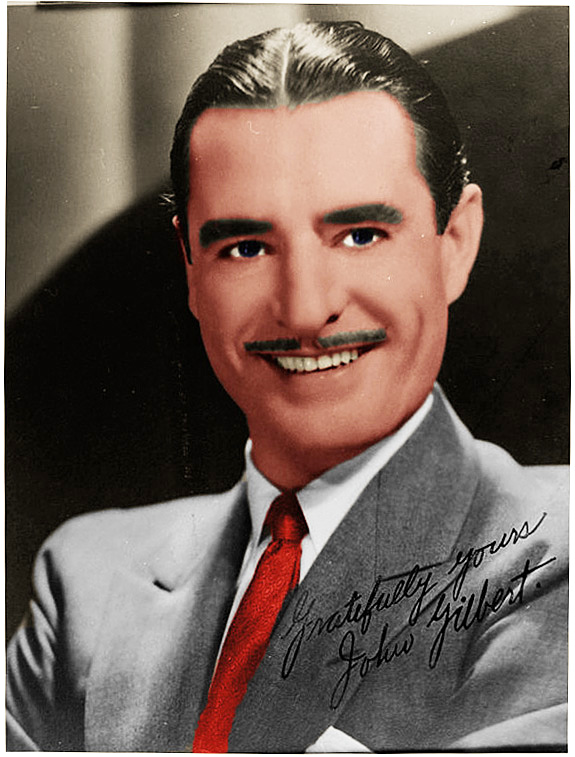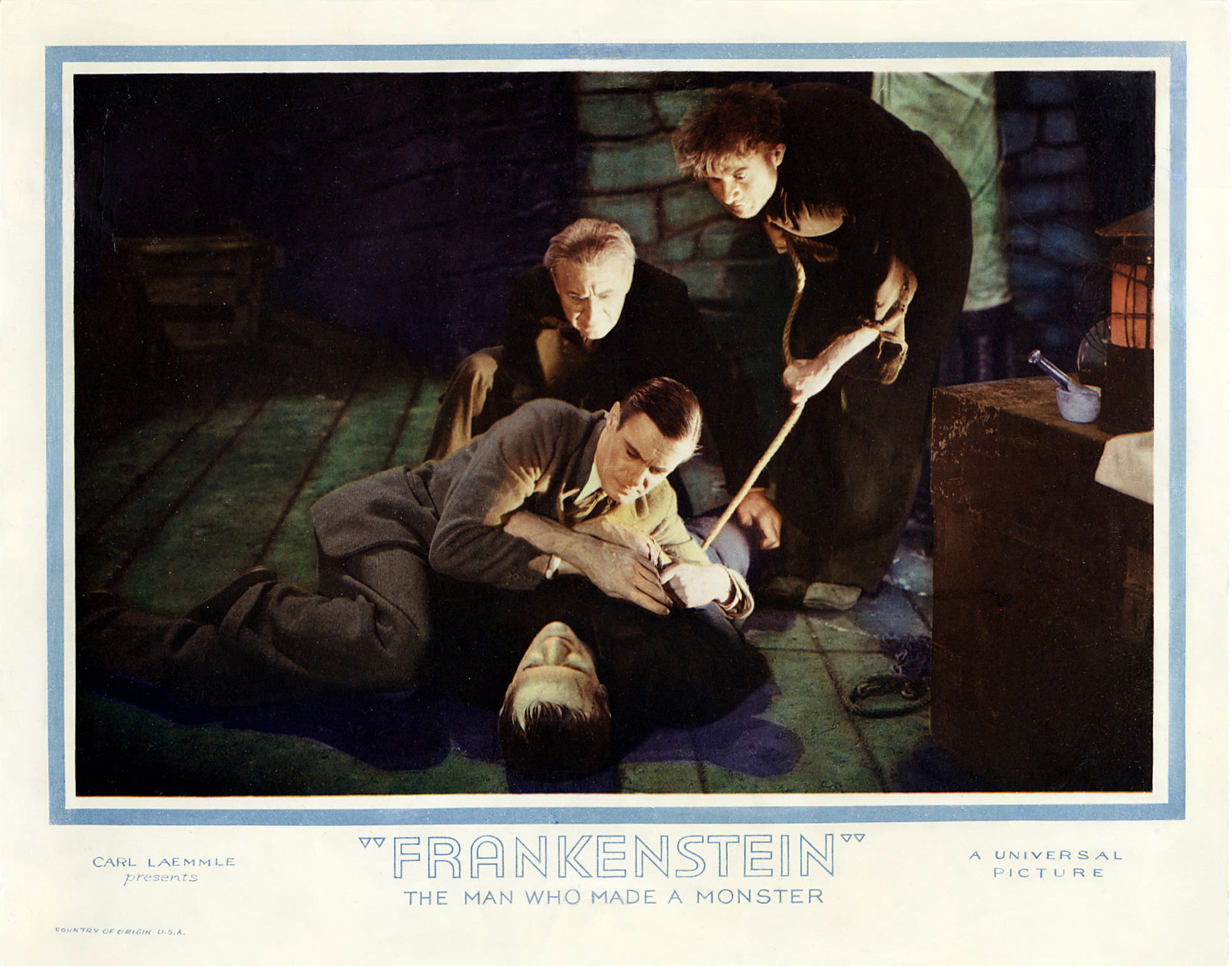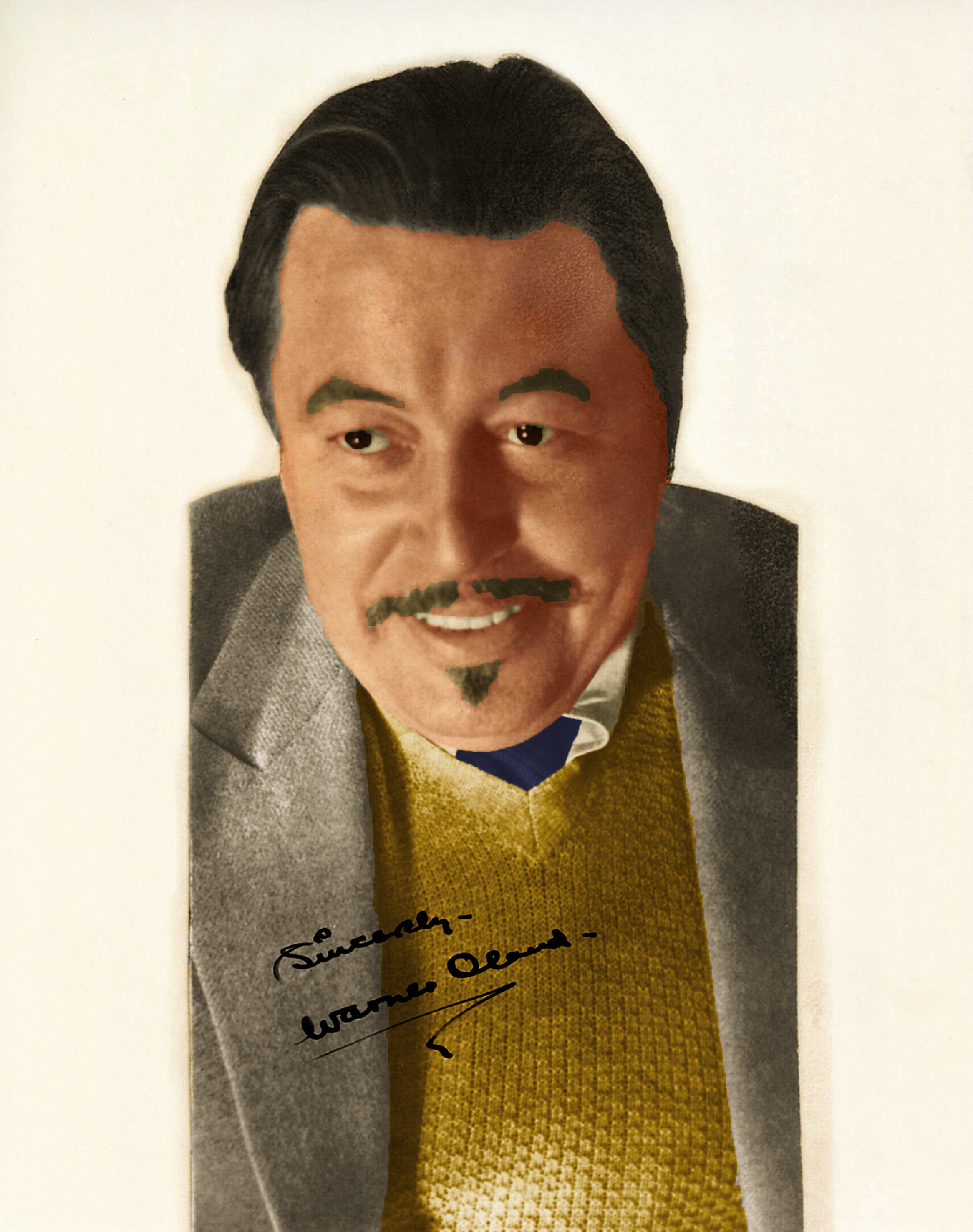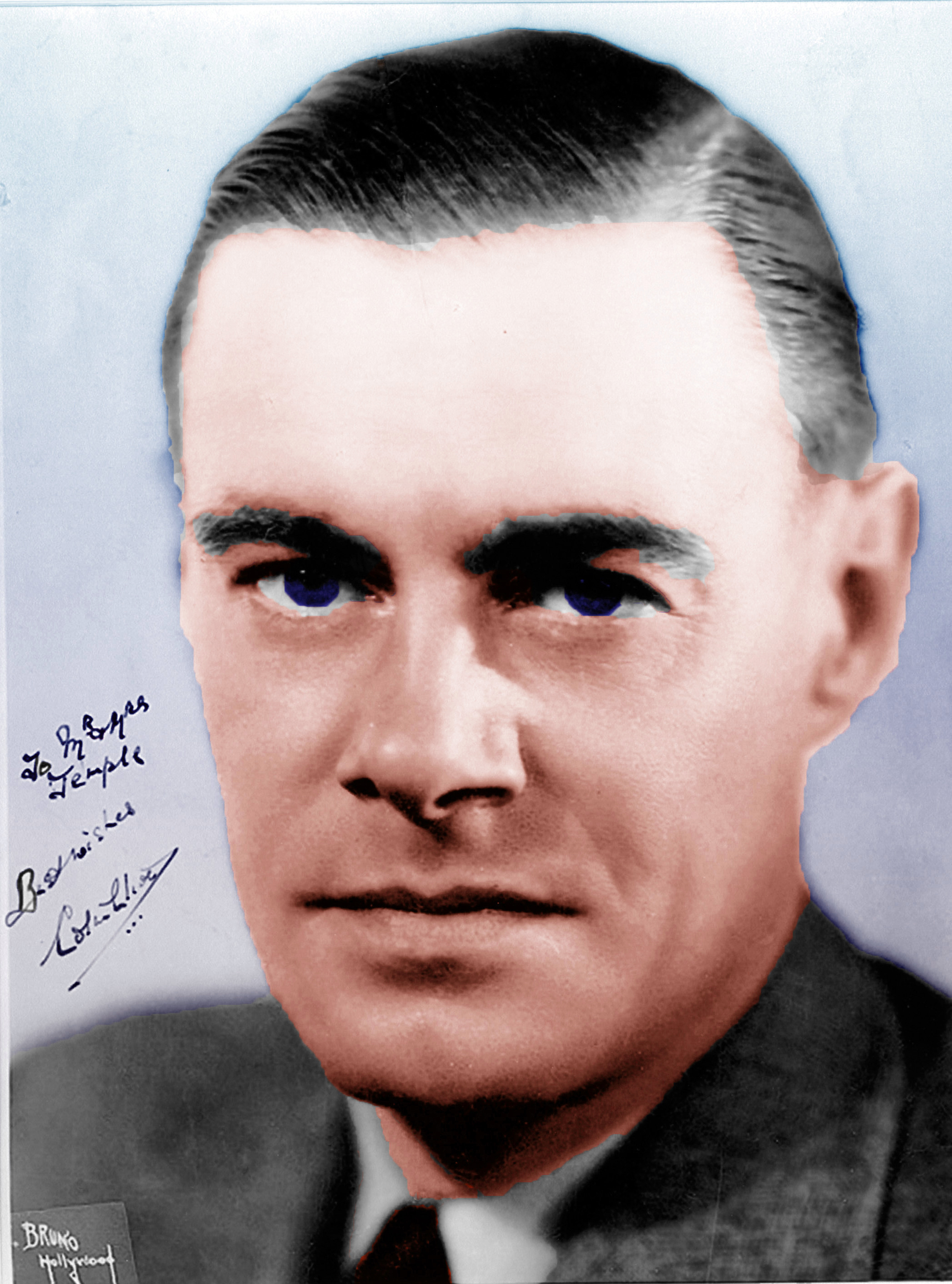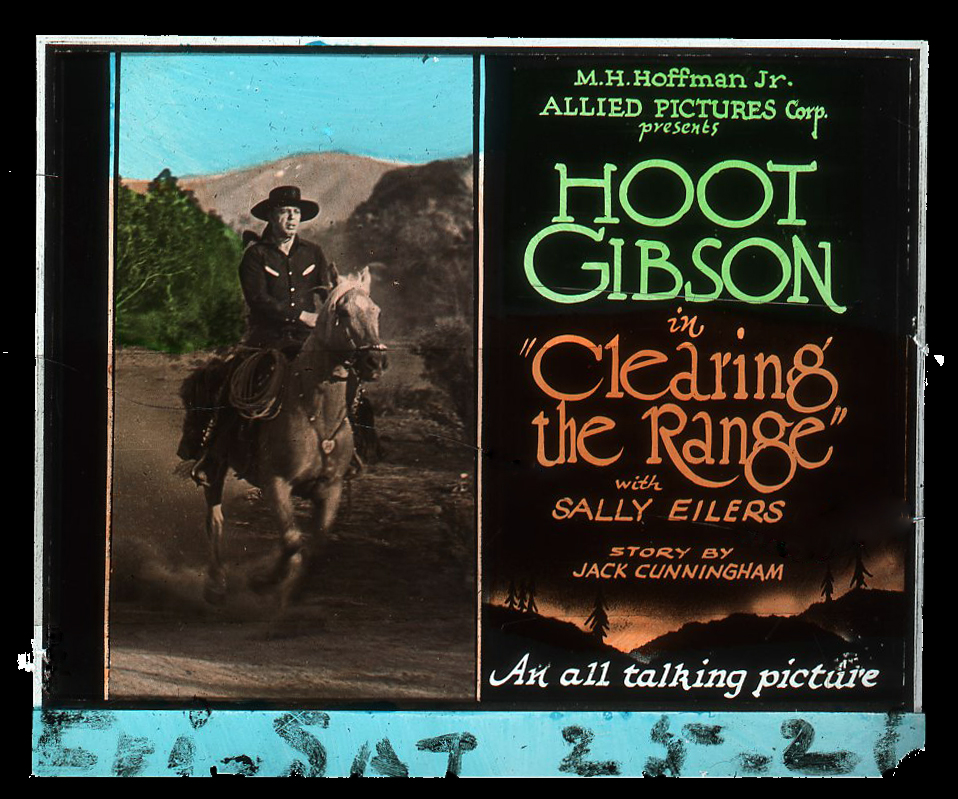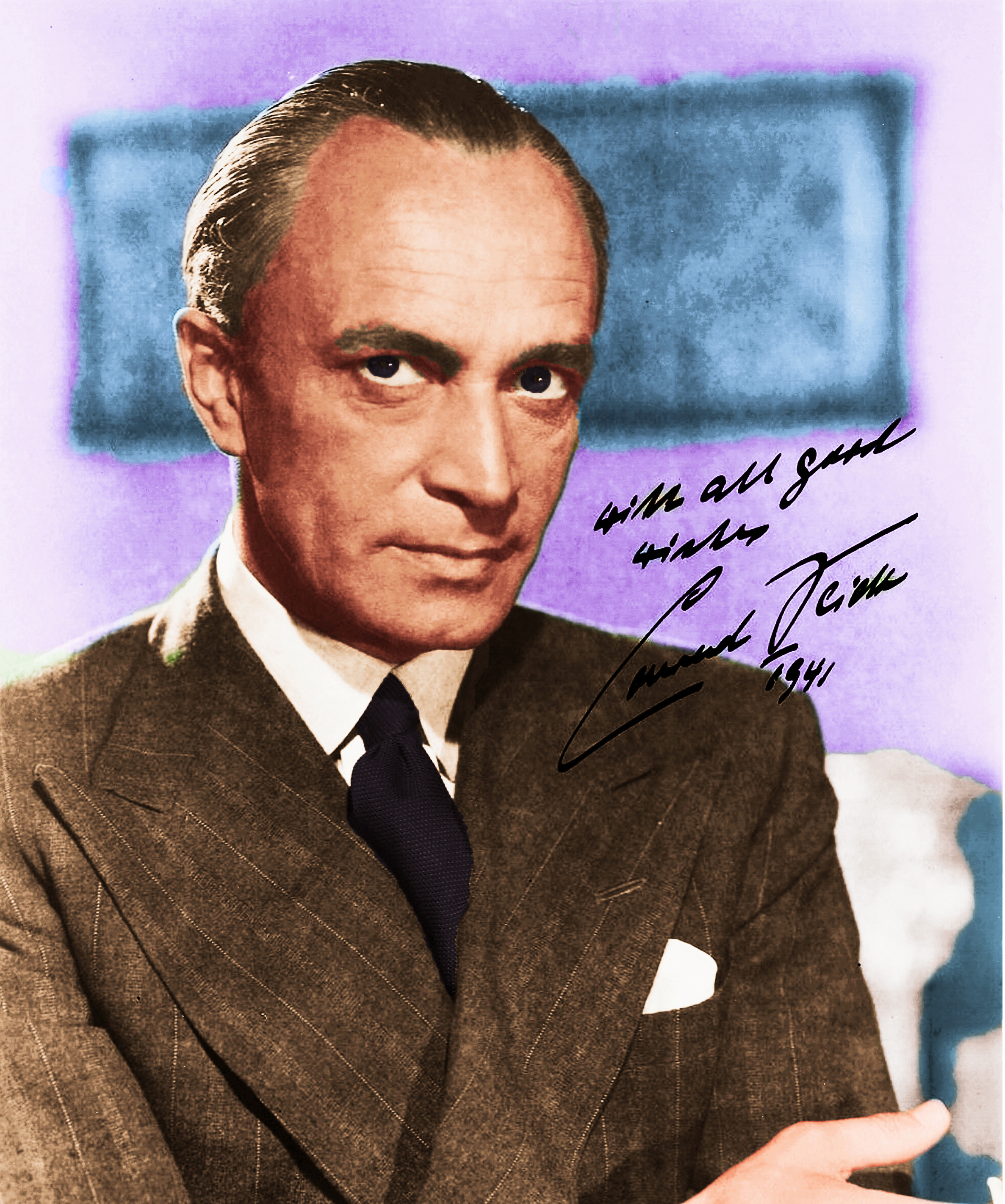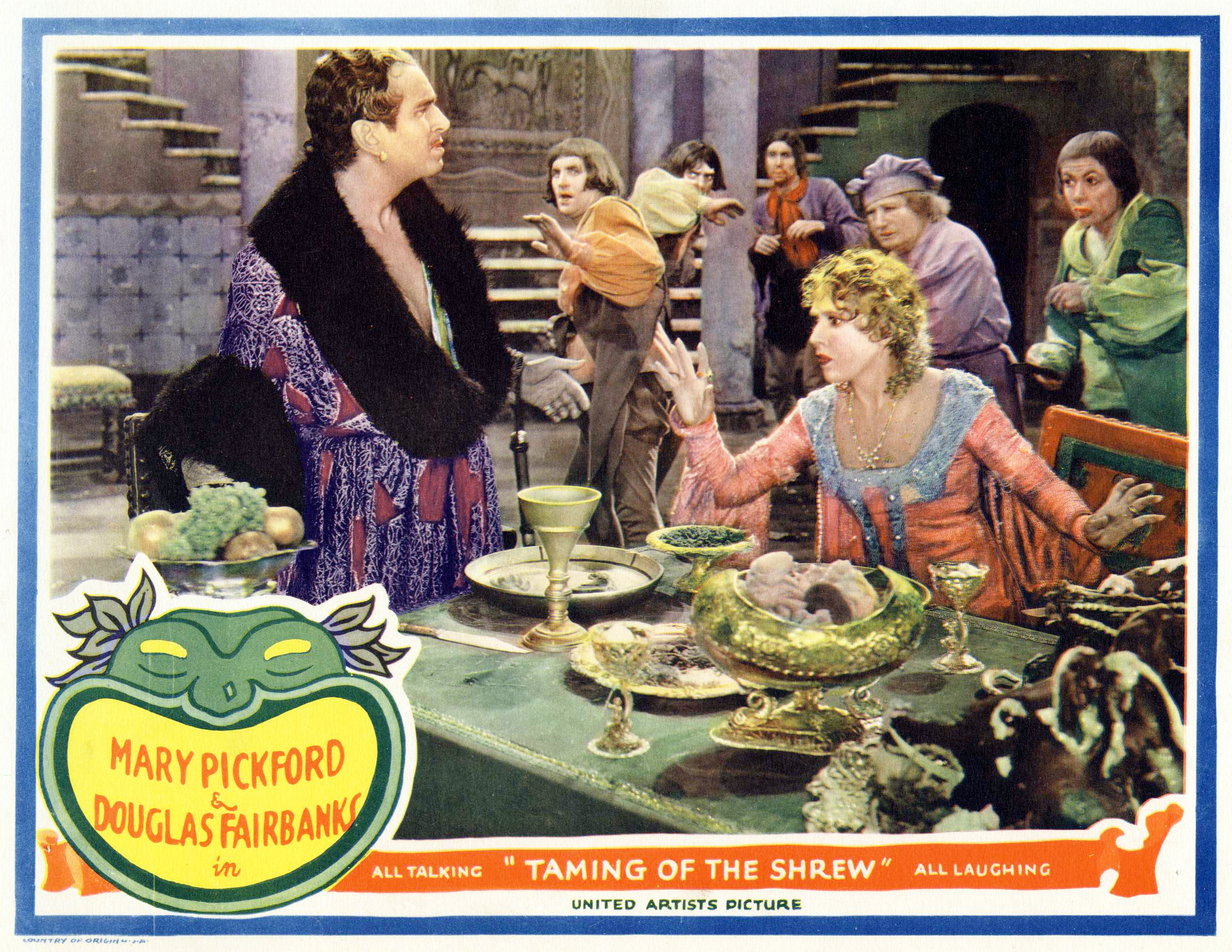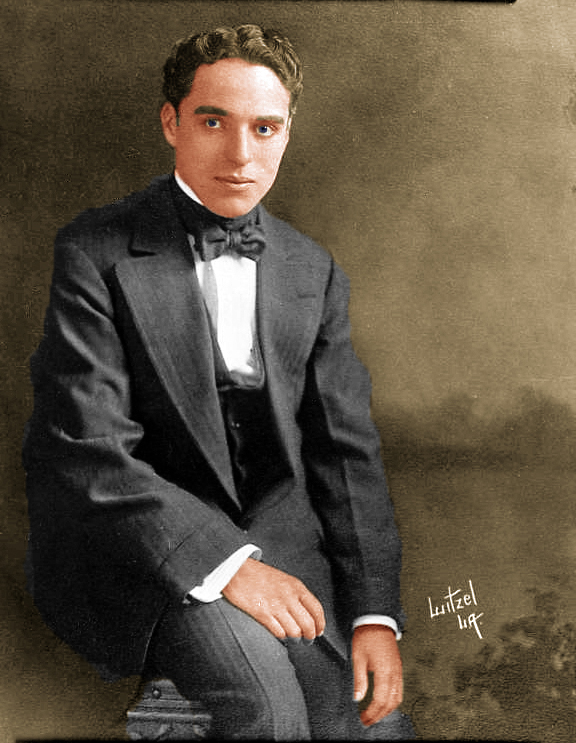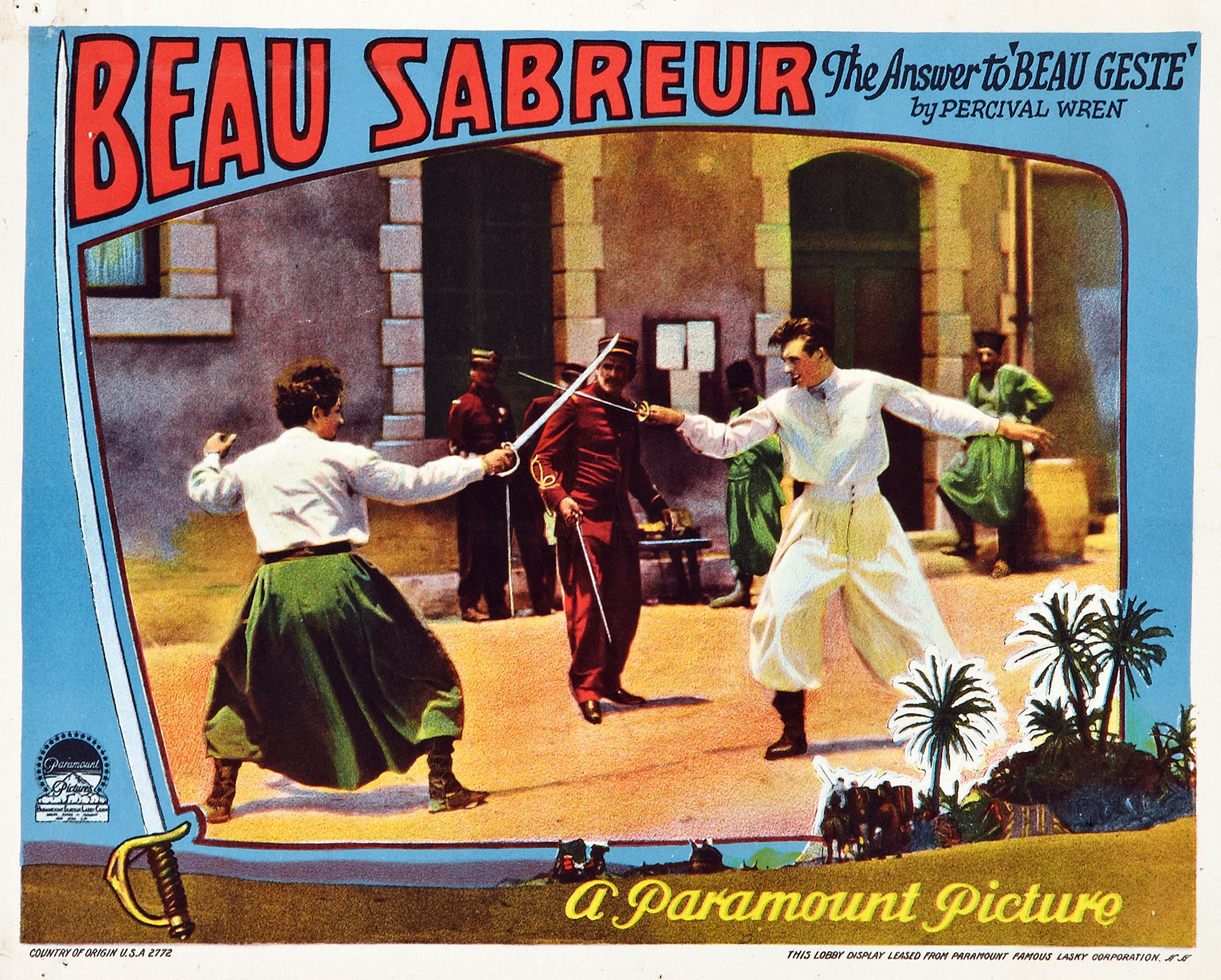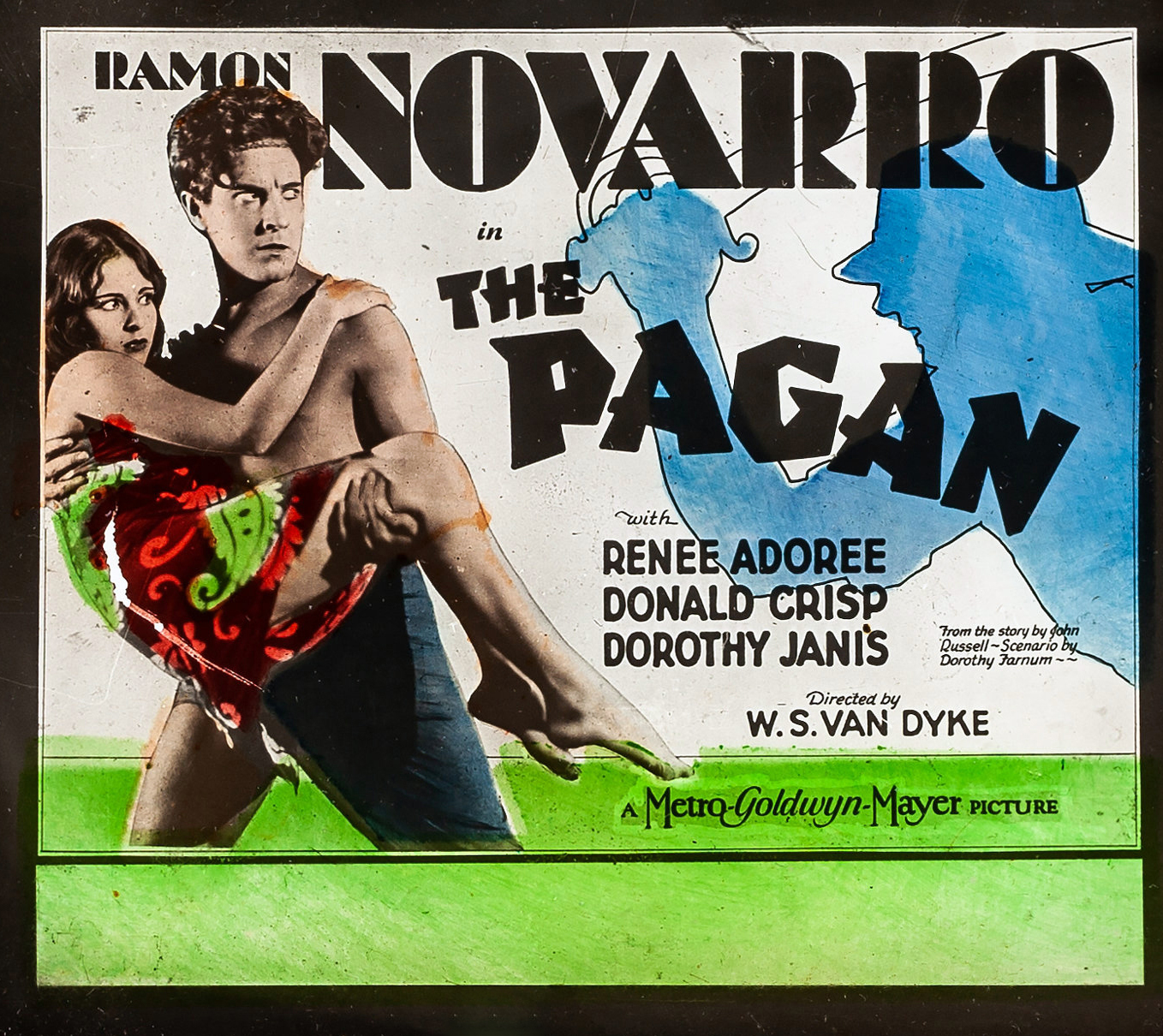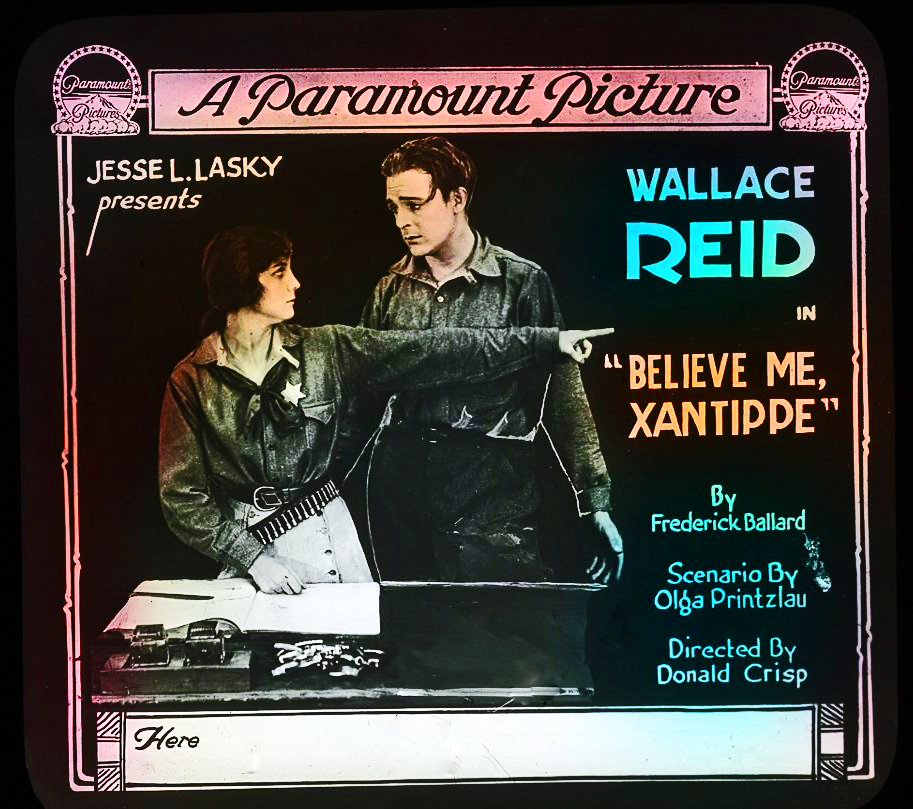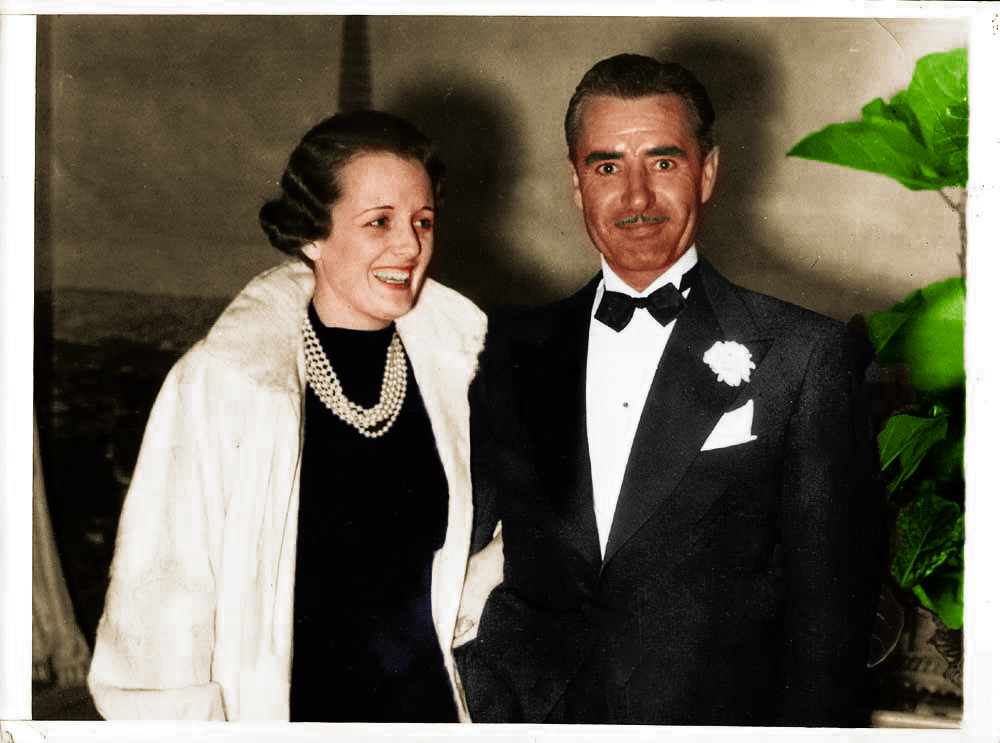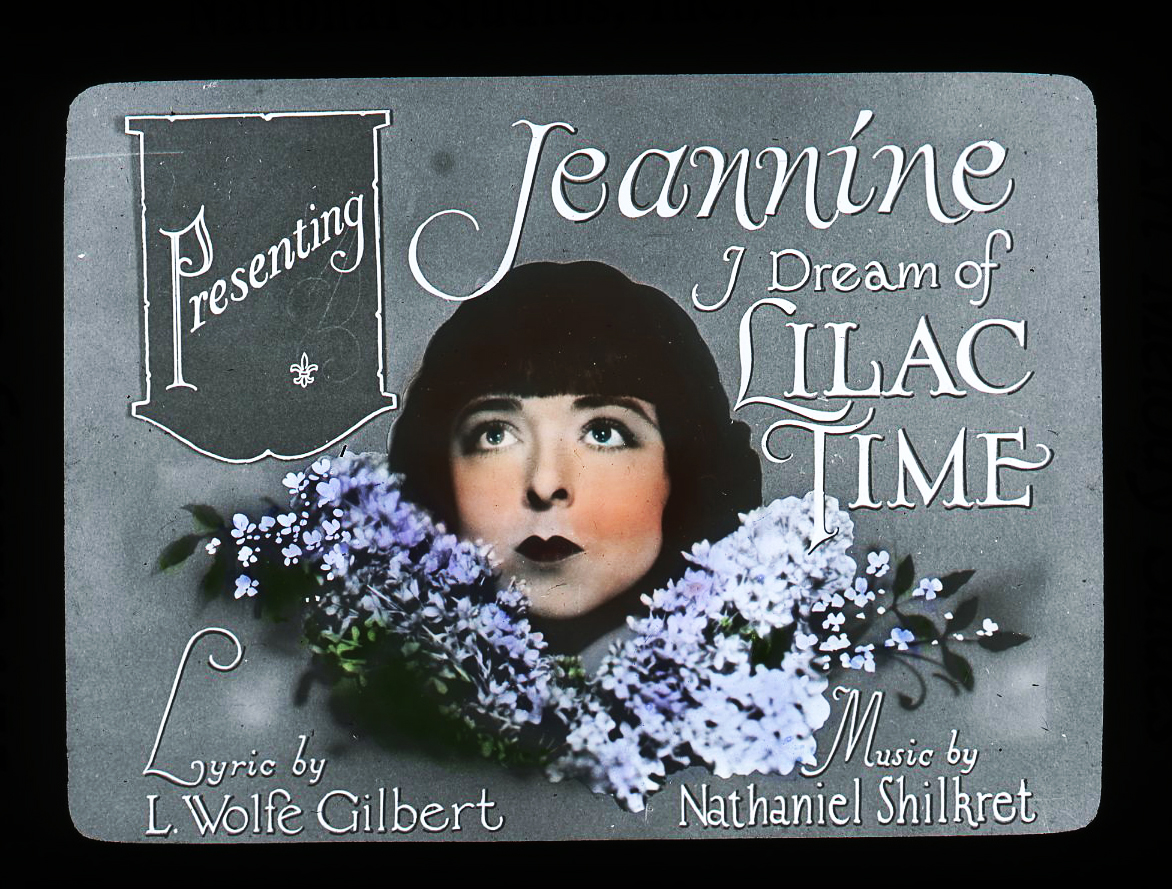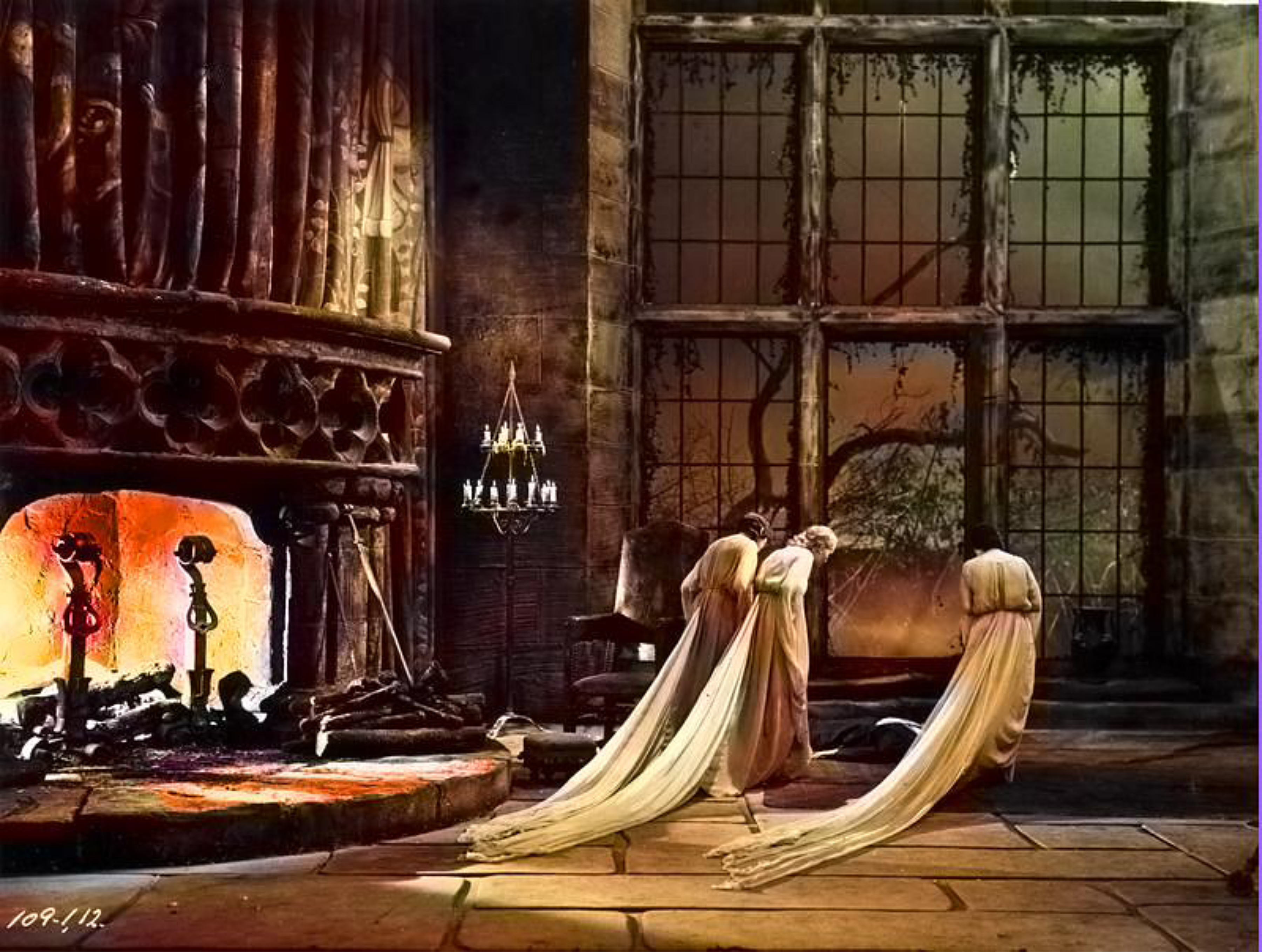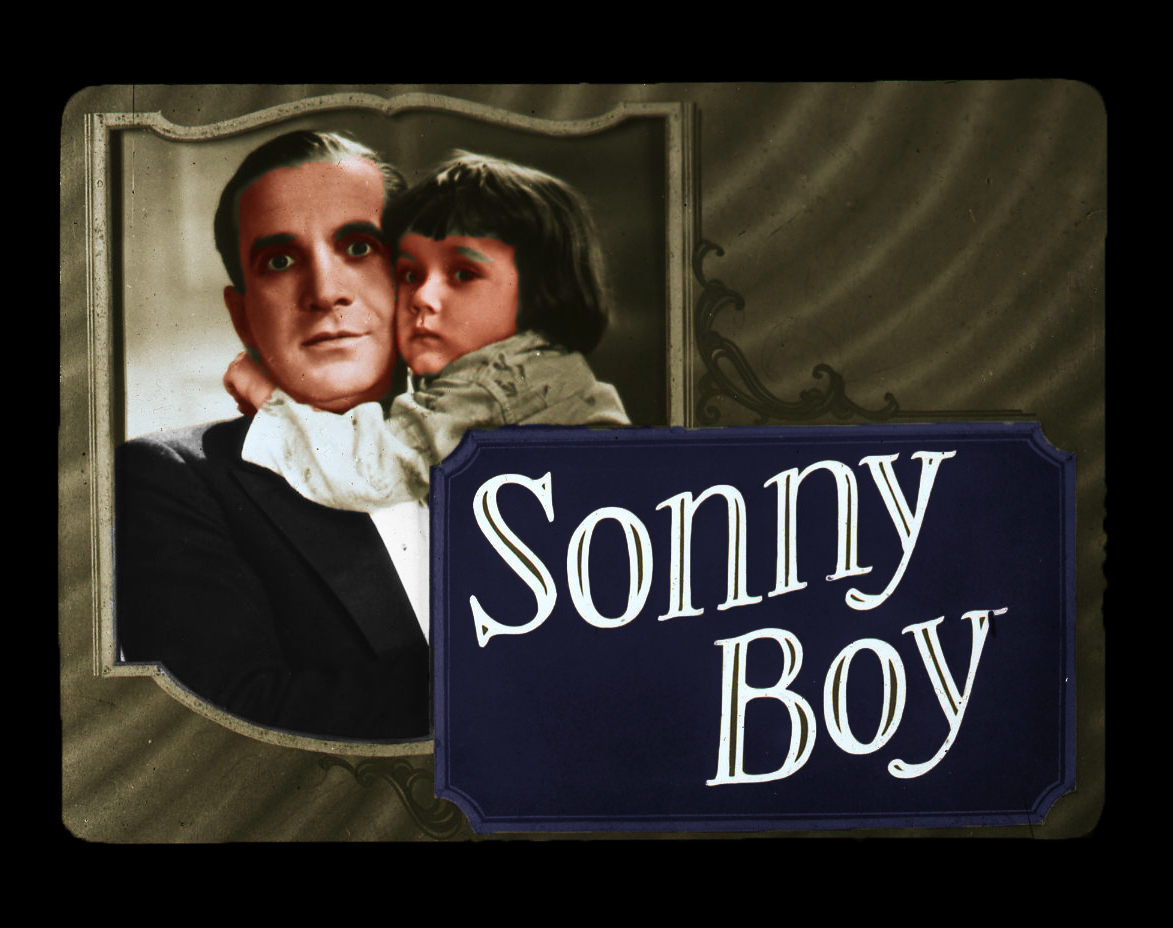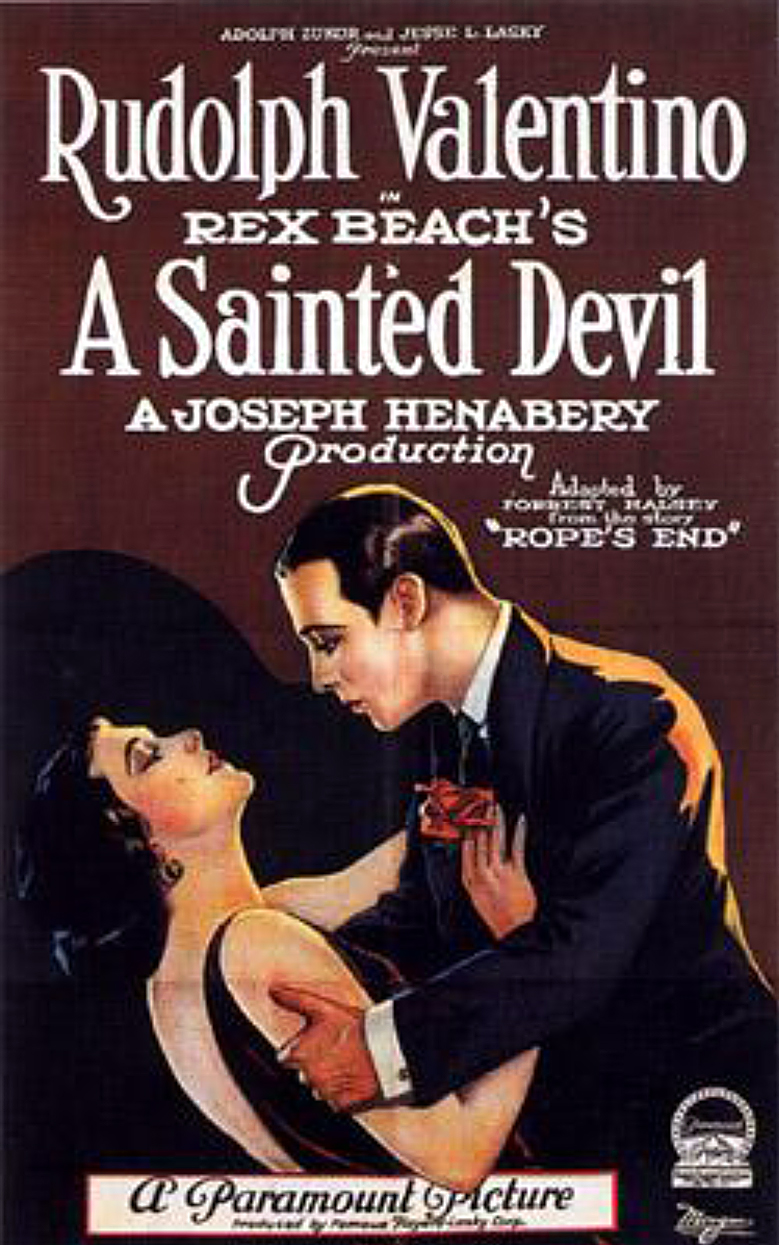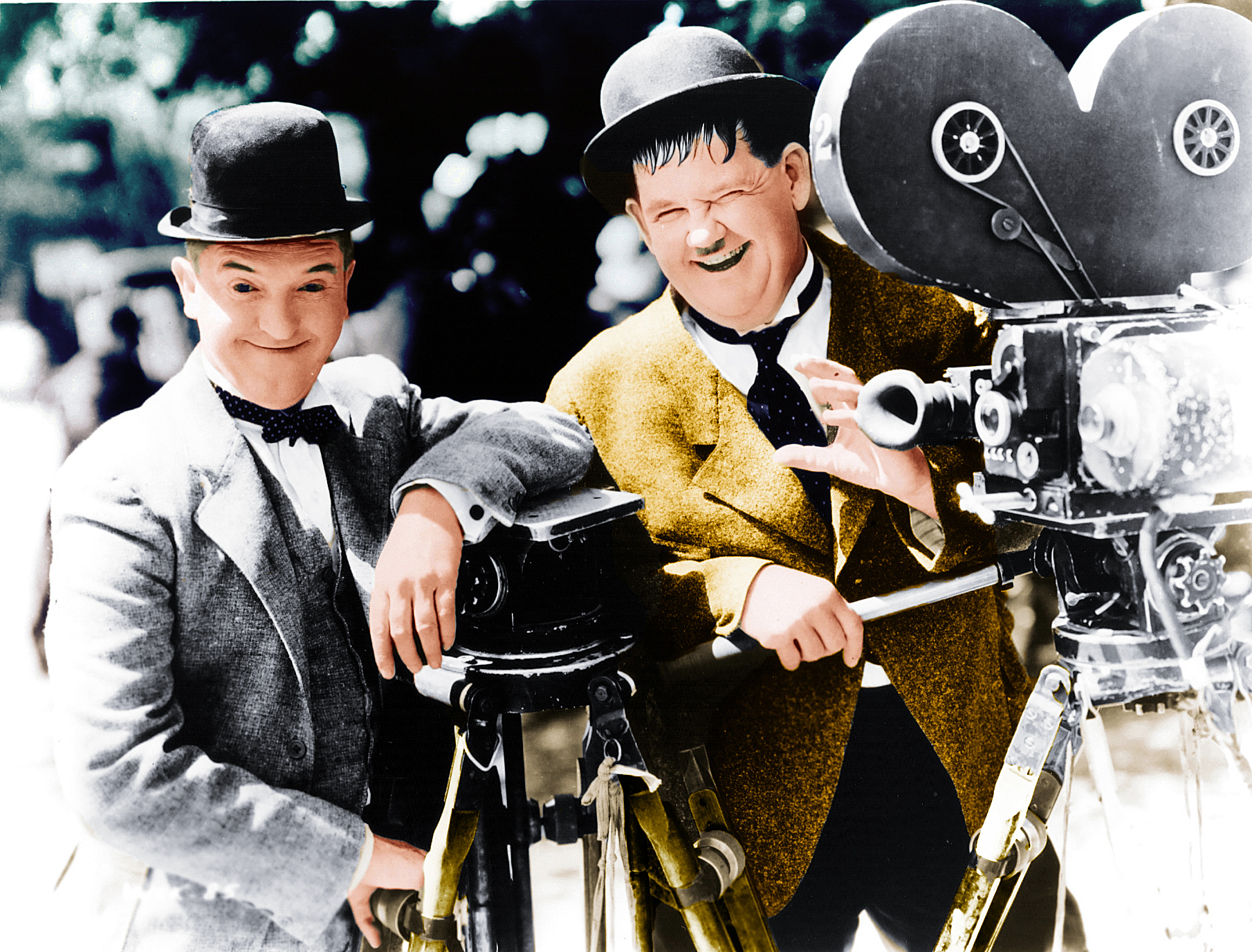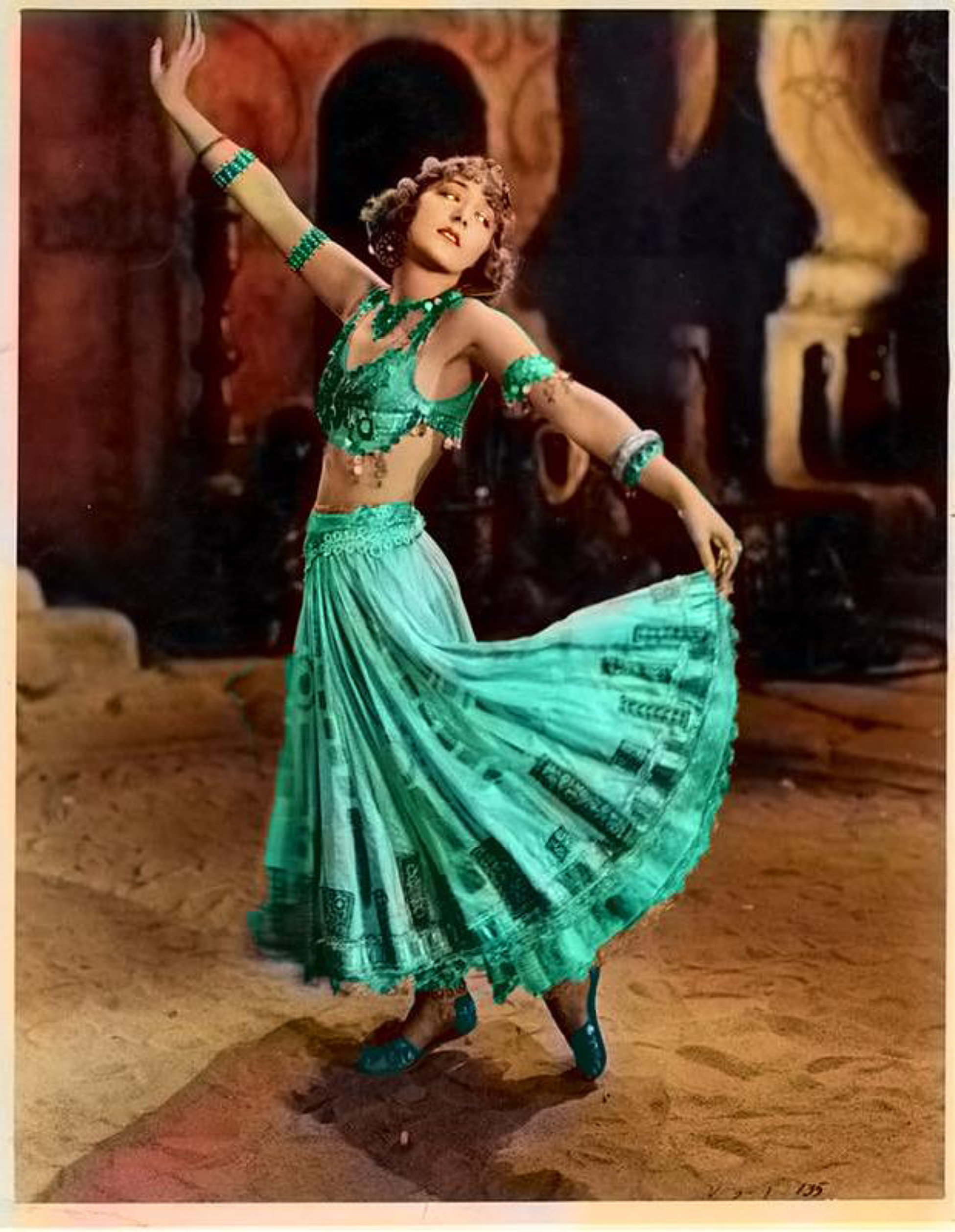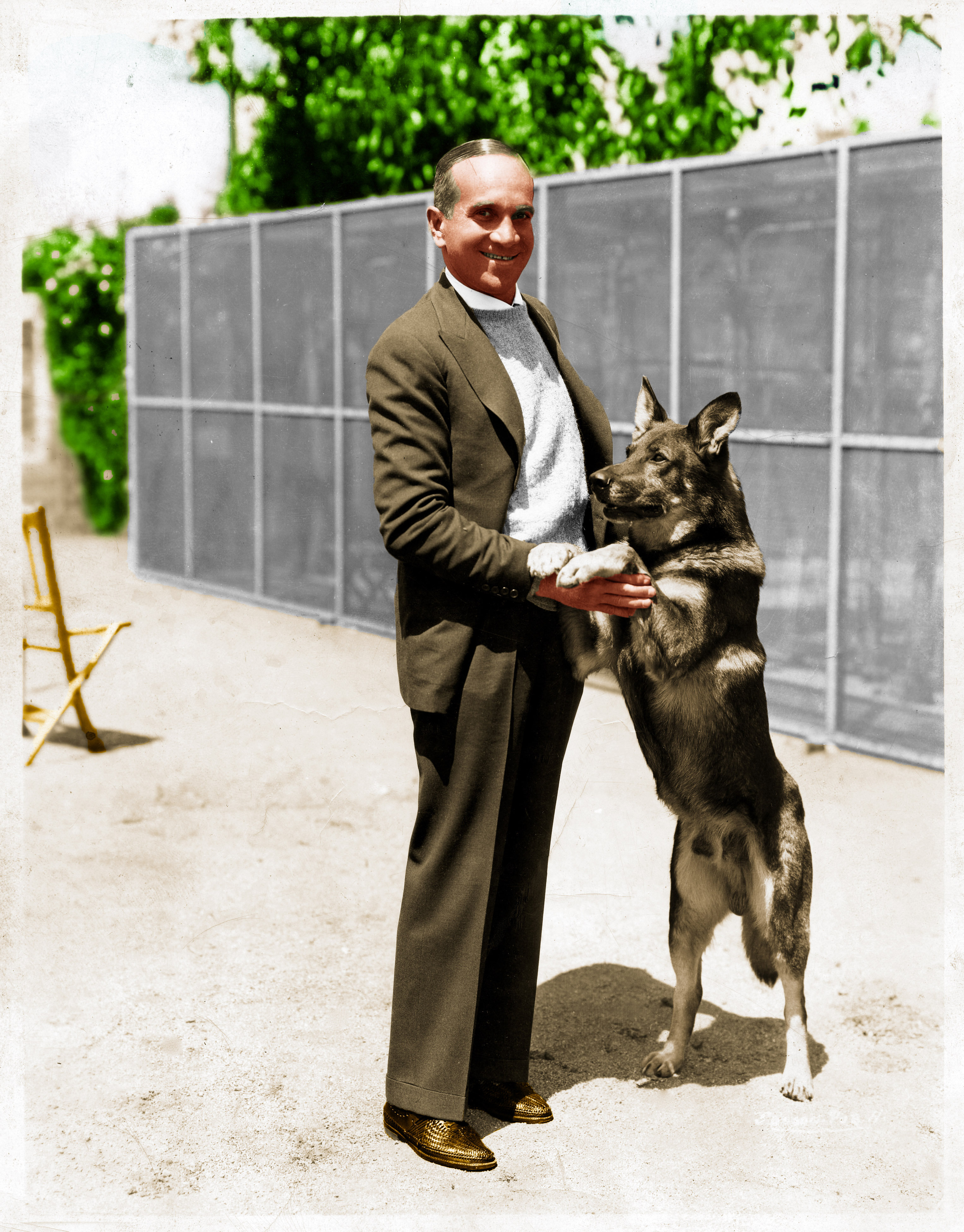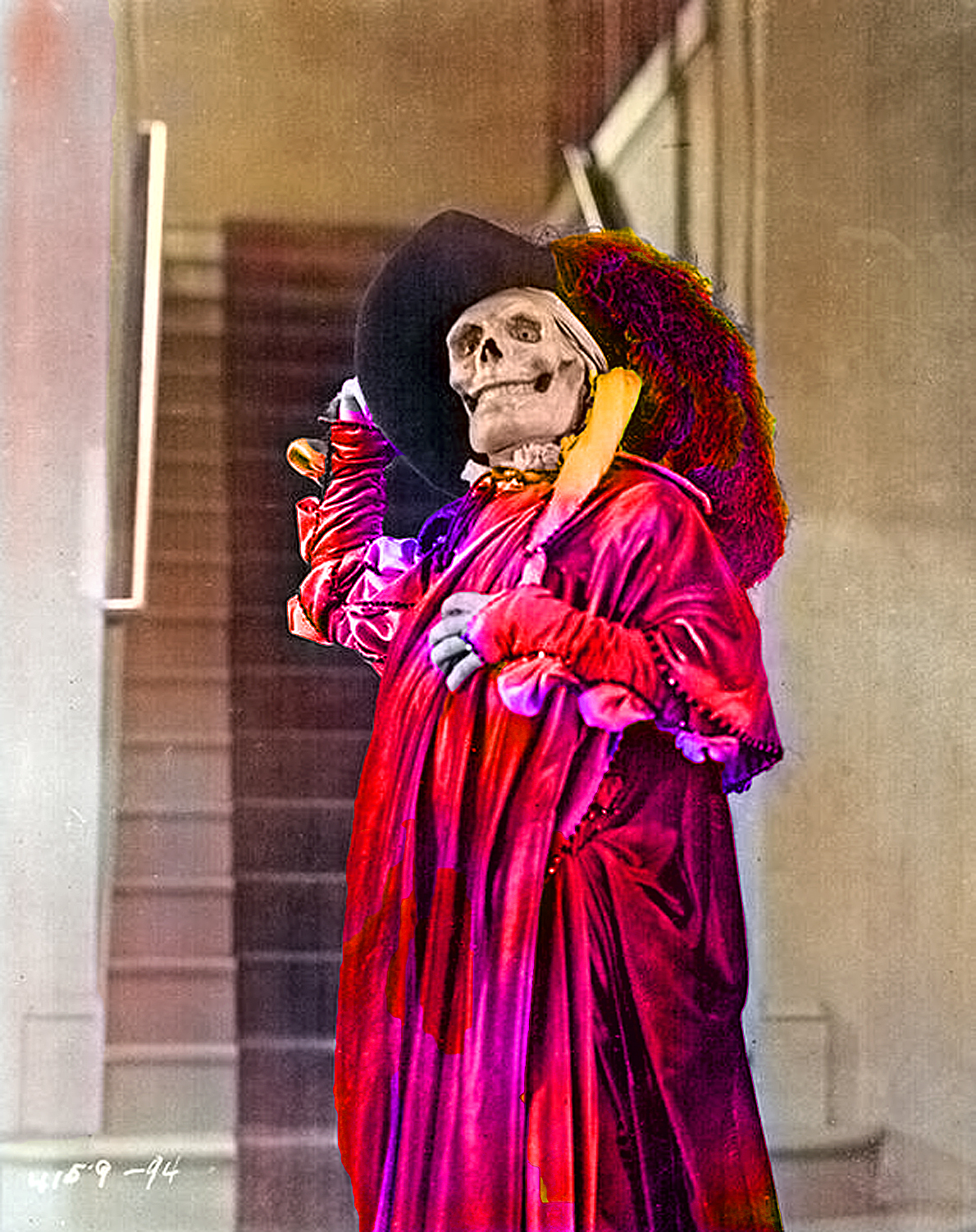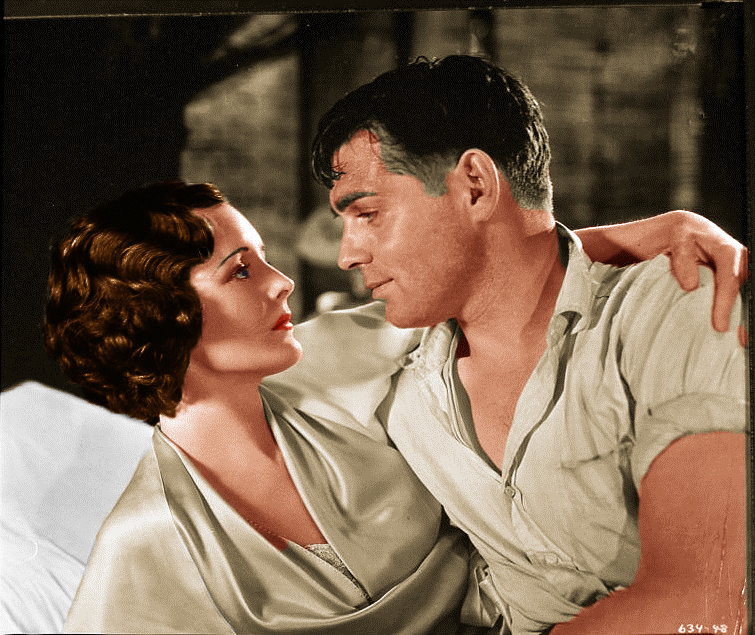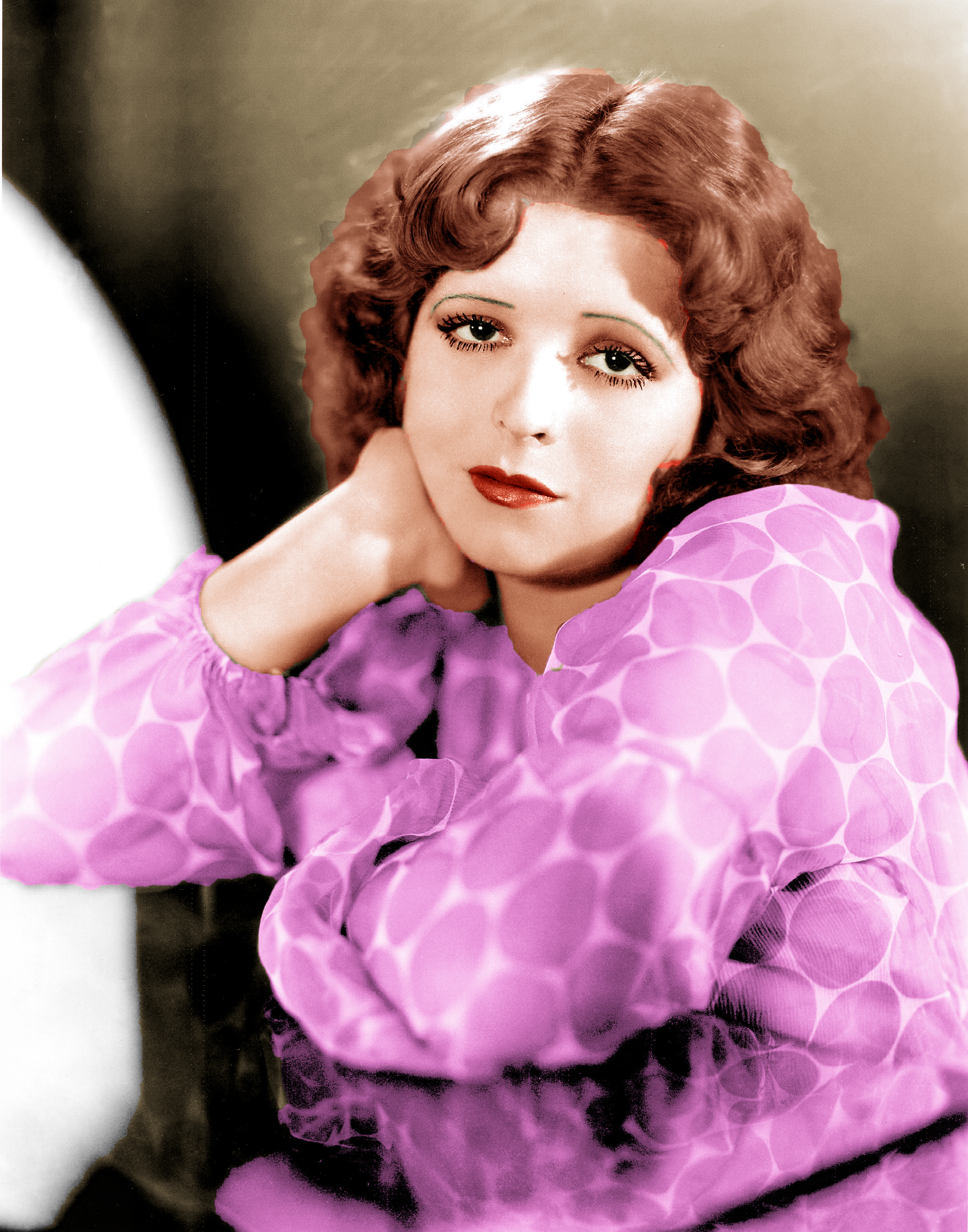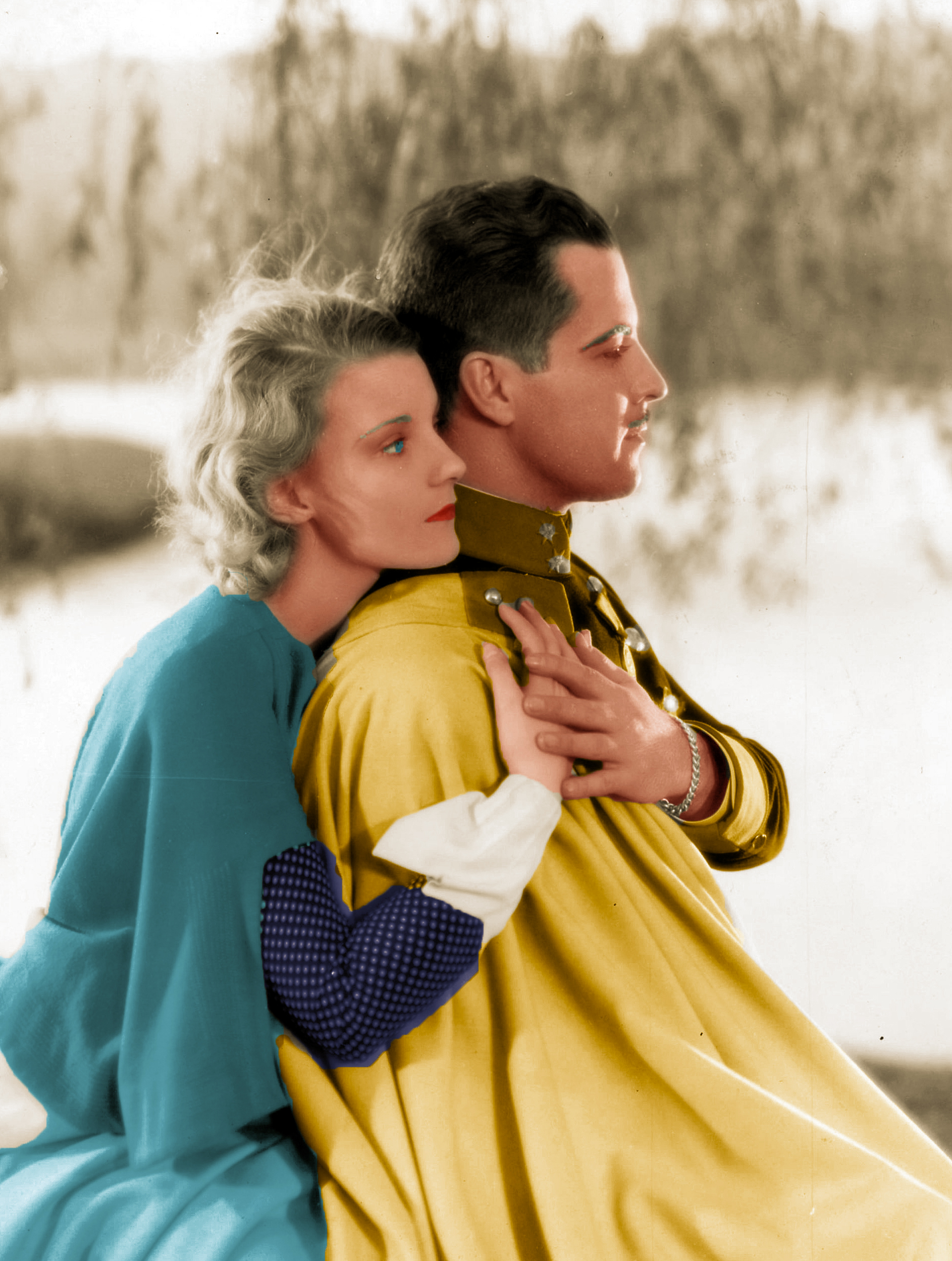This site was established almost two years ago and dedicated to transforming old b/w photos of Old Hollywood into color by using modern software. Now we’re ready to take the next step by adding computer-generated 3D to our color transfers. Last month we inaugurated this process on our sister site, ArlissArchives.com by unveiling the first-ever 3D images of George Arliss. Similar to the extremely limited use of color photography in Old Hollywood, unfortunately the studios of that era also did not participate in the popularity of 3D or stereoscopic photography. That task is bequeathed to us in the 21st century. Today there are several different 3D processes but here we are using an original low-tech version that dates back to the 19th century. It is based on an optical illusion to trick our brain into believing it is seeing an object from two slightly different perspectives, hence the illusion of depth perception. Let’s start off with a very chic Myrna Loy circa 1935:

If you see only two identical images of Myrna and no 3D effect, then you either need to use a viewer device or learn the simple knack of “free viewing.” The easiest way to obtain a viewer is to find one of the many books on old stereoscopic slides because these volumes include a simple fold-up plastic or cardboard viewer. Check your public library. Your blogmeister dispenses with using viewers (the “training wheels” of 3D) and relies on the technique of free viewing using only, pardon the expression, my naked eyes. Let’s give the 3D treatment to Rudolph Valentino in MONSIEUR BEAUCAIRE (1924):

To try free viewing, you need to guide each eye to focus on only one of the two images: the right eye on the right image, the left eye on the left image. At first your eyes won’t cooperate so by using the edge of your hand extended from your forehead to the tip of your nose, your hand will block the right eye from seeing the left image and vice versa with the left eye. A piece of cardboard or a business envelope will work as well as your hand. The next step is to relax and look “through” the images and you will notice (with a little patience) that the images start moving together to form one image. Once they fully merge you’re in 3D. Try it with Myrna and Rudy (each should line up easily) or give Strongheart and Lady Julie below (circa 1925) a try:

You’ll want to experiment with moving the images, i.e., the screen, anywhere from 9 to 13 inches from your eyes until the images start moving together. Also, smaller image size works easier than larger sizes so you if the images are not fully merging together, adjust your screen to make the images smaller. After a little trial and error, you’ll find a size and a focal length that works for you. Here is a photo that begged for 3D – Lon Chaney Sr. as Quasimodo in THE HUNCHBACK OF NOTRE DAME (1923):

Once you’ve experienced the 3D effect of free viewing, you’ll know what to look for and subsequent 3D images will come through faster. Here, the Russian Revolution is about the break out in TEMPEST (1928) but Louis Wolheim (top) and John Barrymore find time to horse around in this photo that seems designed for 3D:

This photo has a lovely scenic perspective that enhances a 3D view – June Collyer and George Arliss on the set of ALEXANDER HAMILTON (1931) wait for nightfall to film an outdoor scene:

Since today (April 1st) is Lon Chaney’s birthday (1883), here he is again with Norma Shearer in HE WHO GETS SLAPPED (1924), the very first film produced by the then-newly organized Metro-Goldwyn-Mayer. Shearer and Chaney remained top stars at MGM, Norma until her retirement in 1942, and Lon until his death in 1930:

It may be unkind to note that W.C. Fields’ nose always seemed to be in 3D even in 2D photos. At any rate, here’s an unusual portrait of Mr. Fields sporting a middle eastern look:

Gloria Swanson and her co-star Rudolph Valentino pause in filming a scene for BEYOND THE ROCKS (1922). This film represents the only pairing of these two iconic stars and was considered a “lost” work for decades until a nearly-complete print turned up in the Netherlands just a few years ago and is now on DVD. Ironically, this scene below was among the missing footage in the rediscovered print:

This striking portrait of Lon Chaney in character for OUTSIDE THE LAW (1921) seems to anticipate 3D:

Clara Bow personified the “Roaring Twenties” perhaps more than anyone else. She was dubbed the “It Girl” and everybody under 90 knew what that referred to, and maybe people over 90 too. Some of her films were considered risque but her studio, Paramount, cancelled her contract in 1931 – even after her successful transition to talkies – when her private life was found to be racier than her films:

Finally, before Hepburn & Tracy, Lombard & Gable, or Rogers & Astaire, there was Garbo & Gilbert, that is Greta Garbo and John Gilbert. They ignited the screen in films such as FLESH AND THE DEVIL, LOVE (both 1927), A WOMAN OF AFFAIRS (1928), and the talkie QUEEN CHRISTINA (1933). Not surprisingly, they were lovers in real life, at least for a time in the late 1920s. Here is an iconic image of them from FLESH AND THE DEVIL given both the color and the 3D treatment:

Future posts here will continue to be in color (the raison d’etre for this site) but we’ll be more sparing in using 3D. The stereographic effect is more welcome as a novelty from time to time than as a constant component of photos, or movies for that matter. Perhaps those folks back in Old Hollywood knew this all along.
